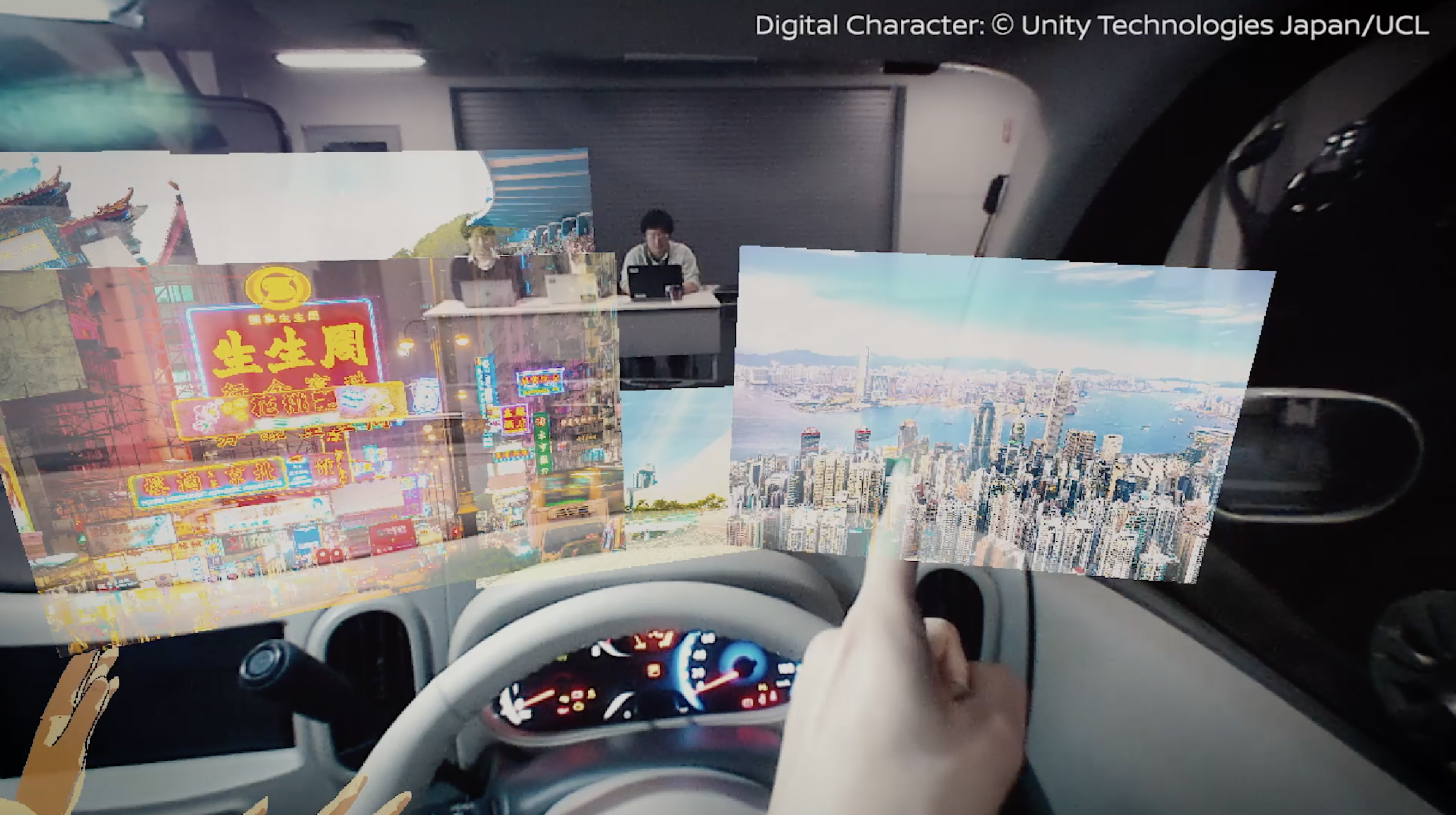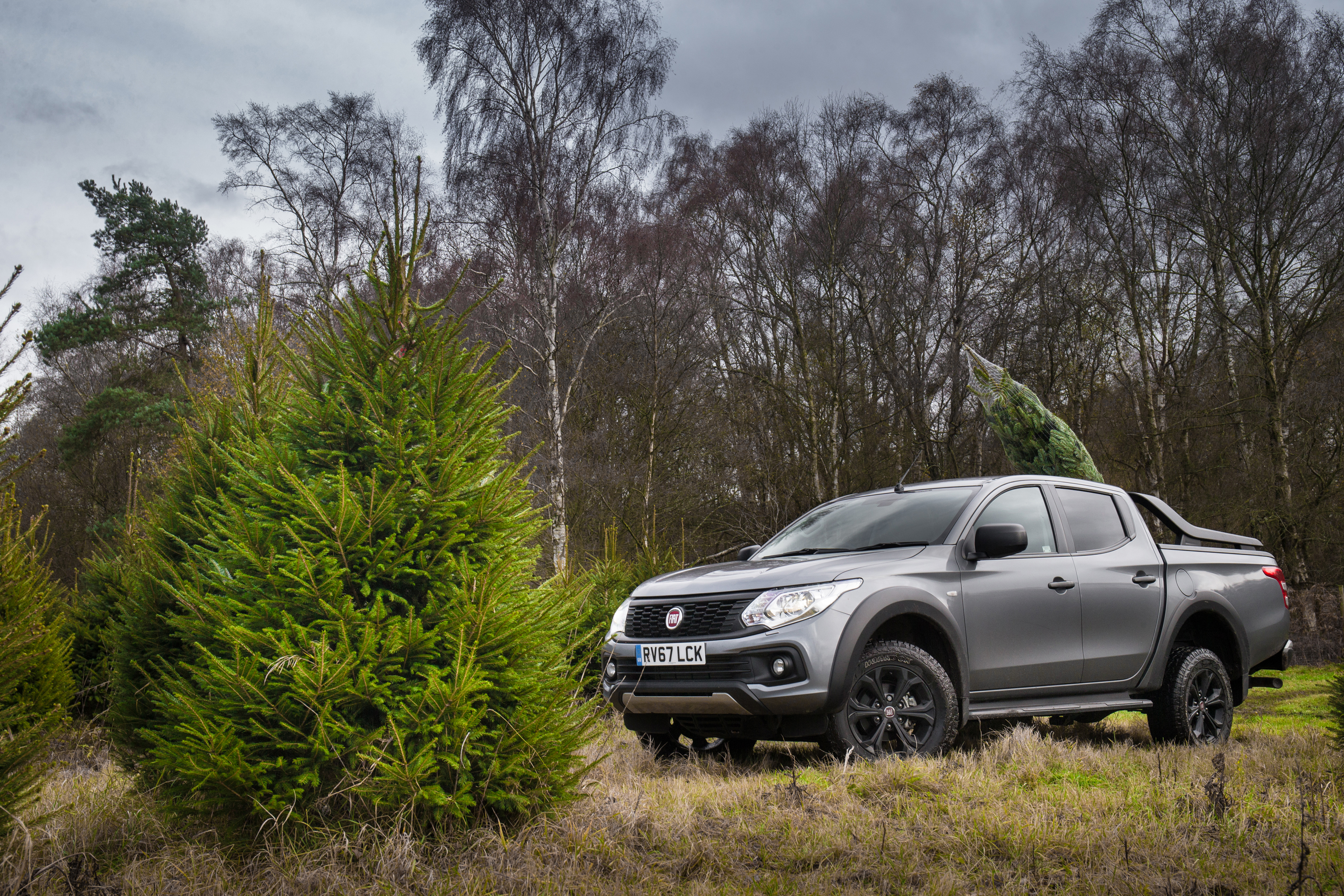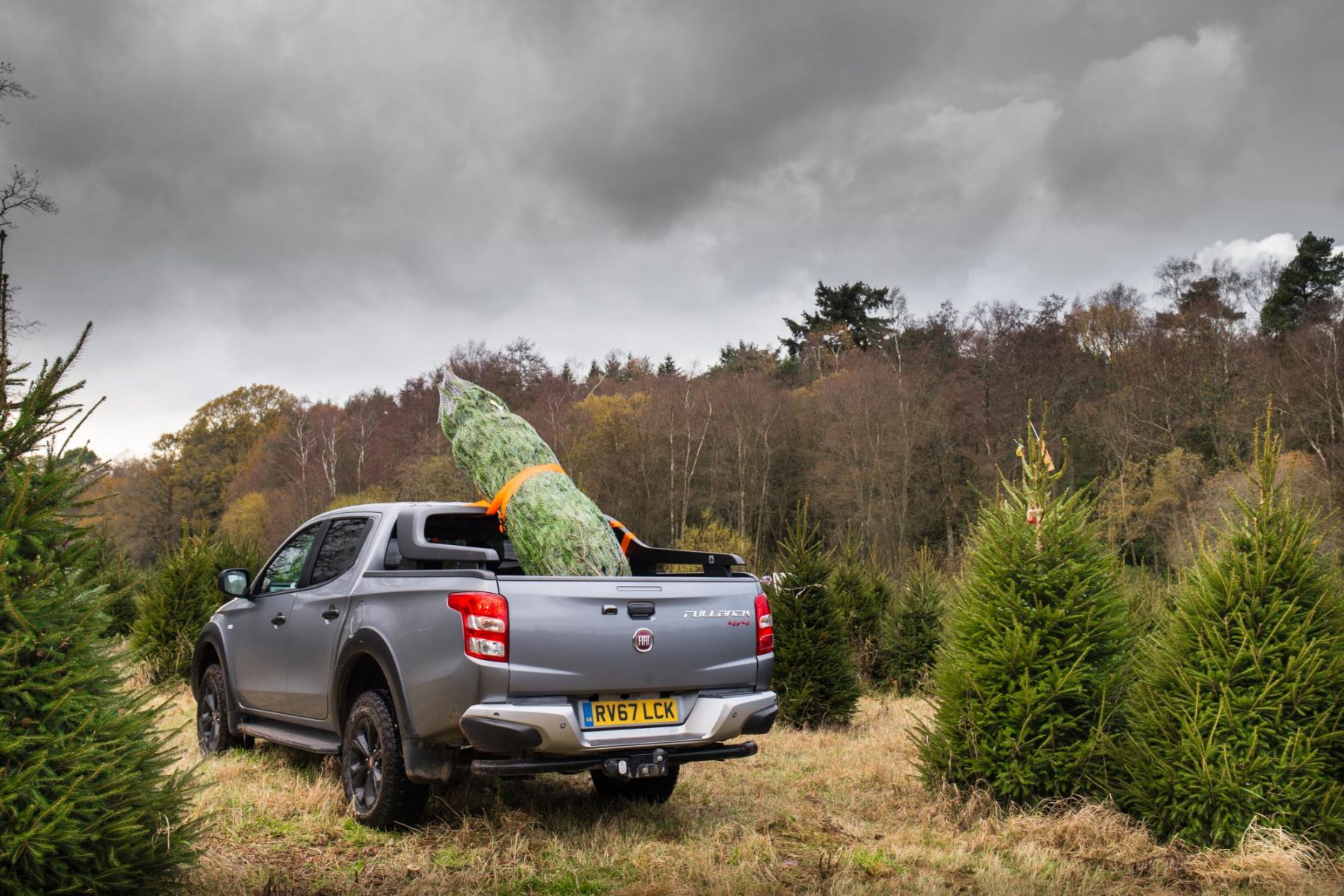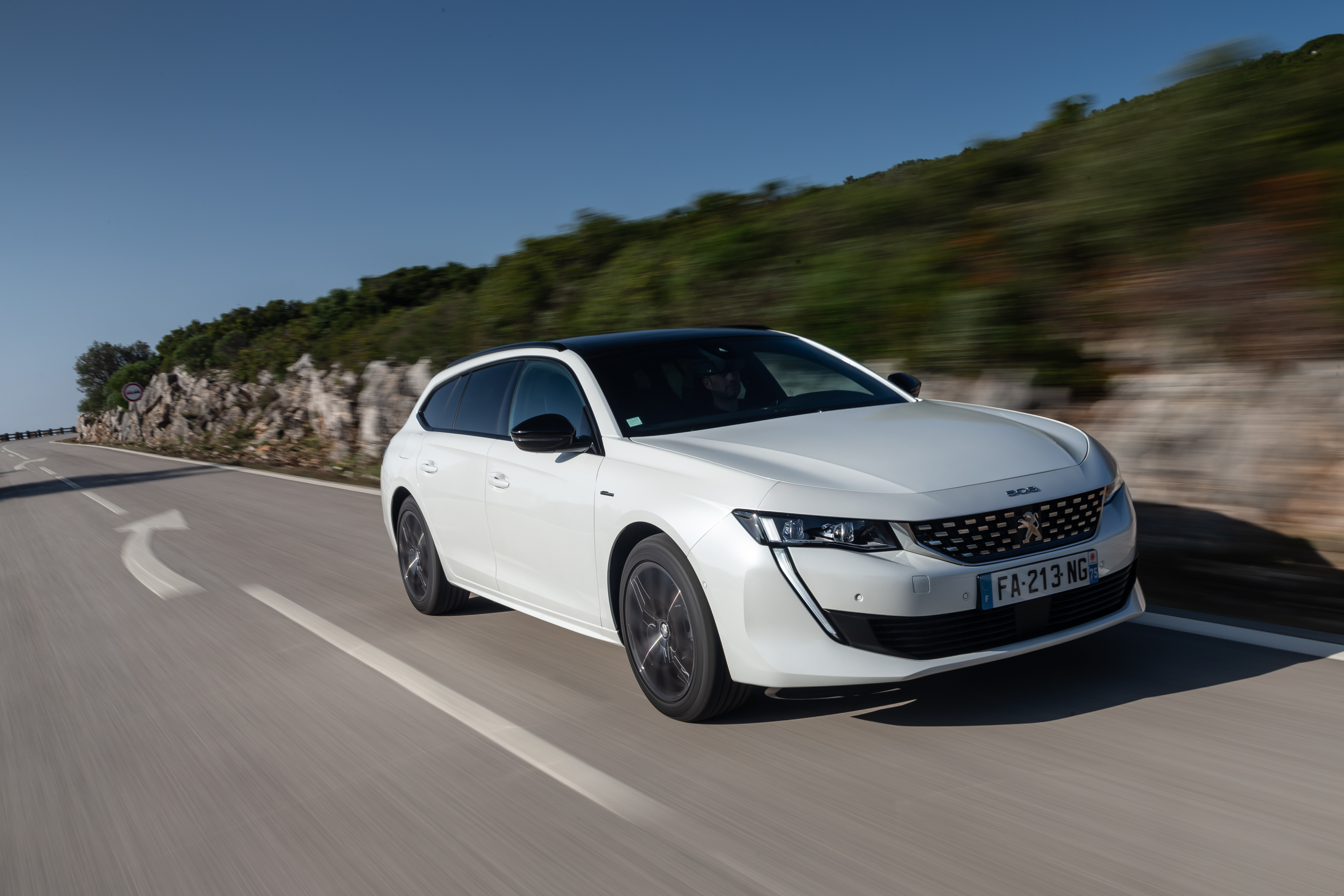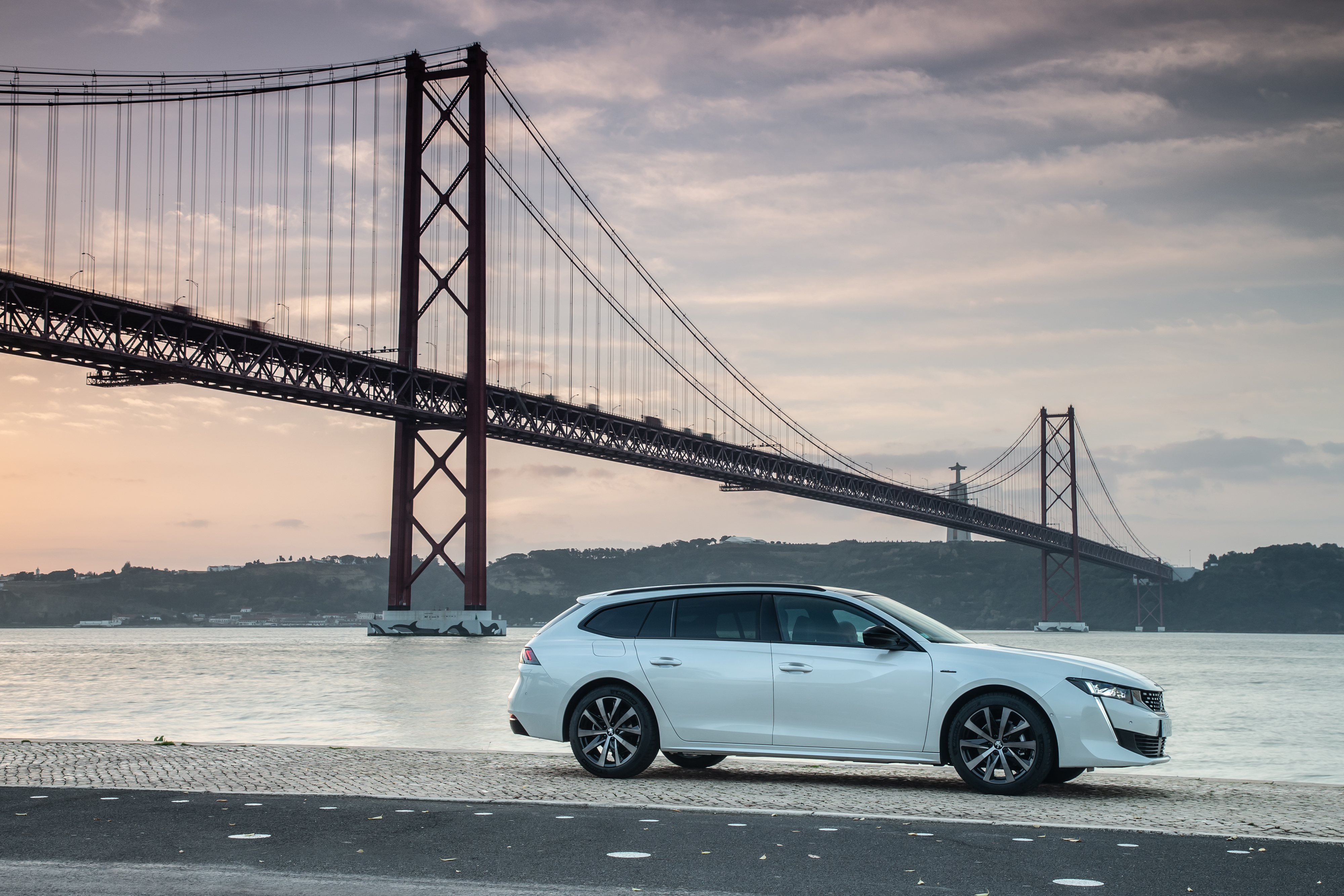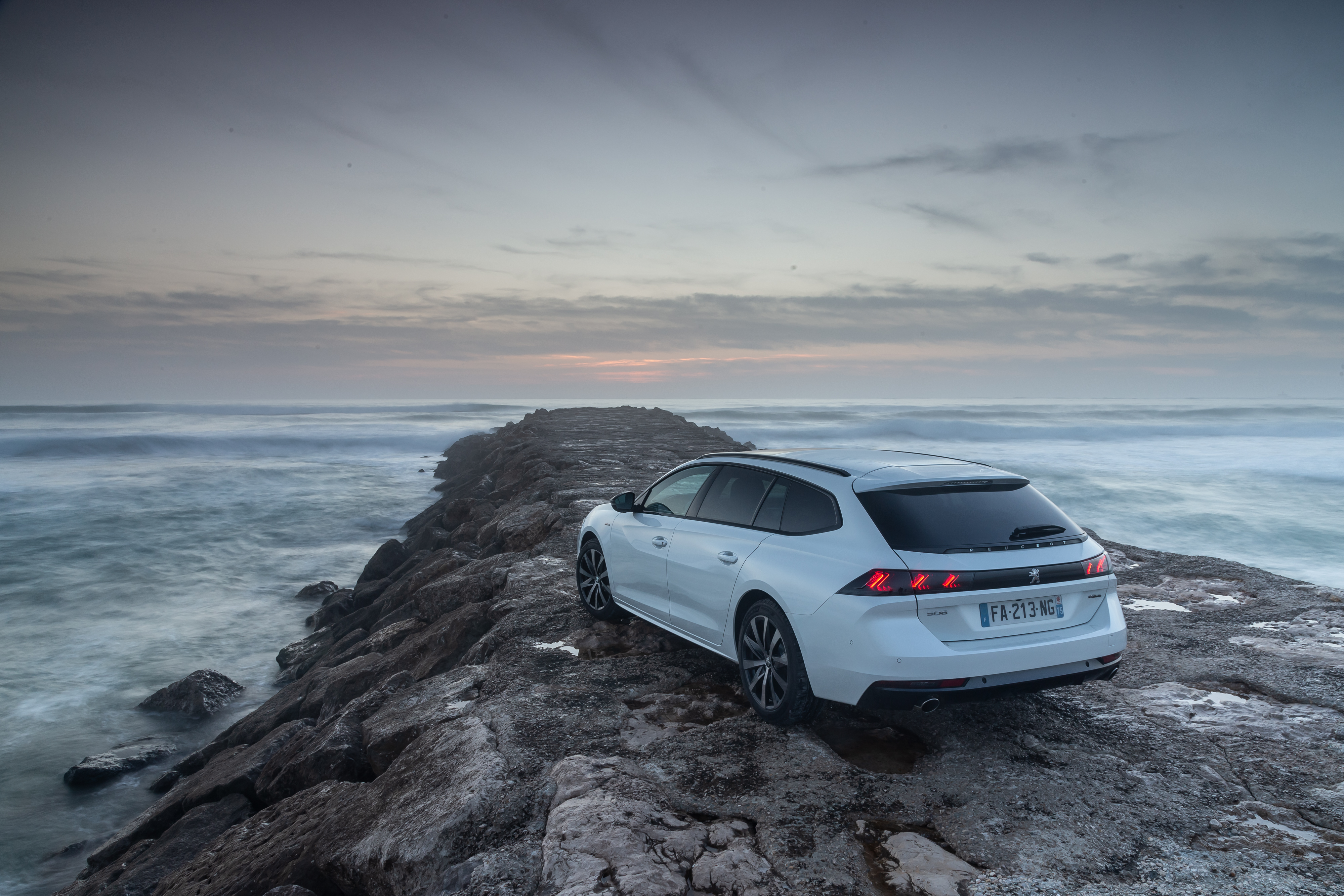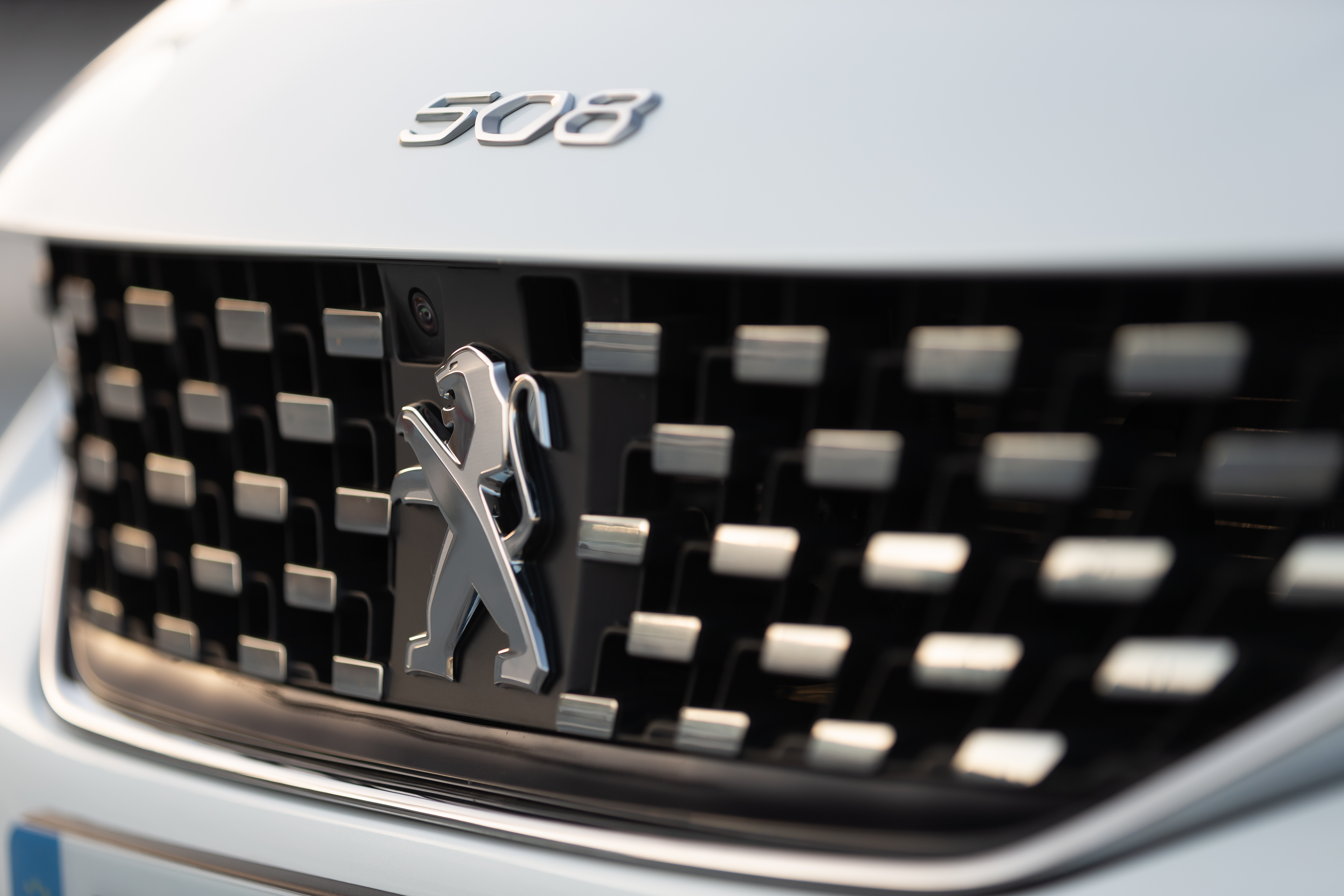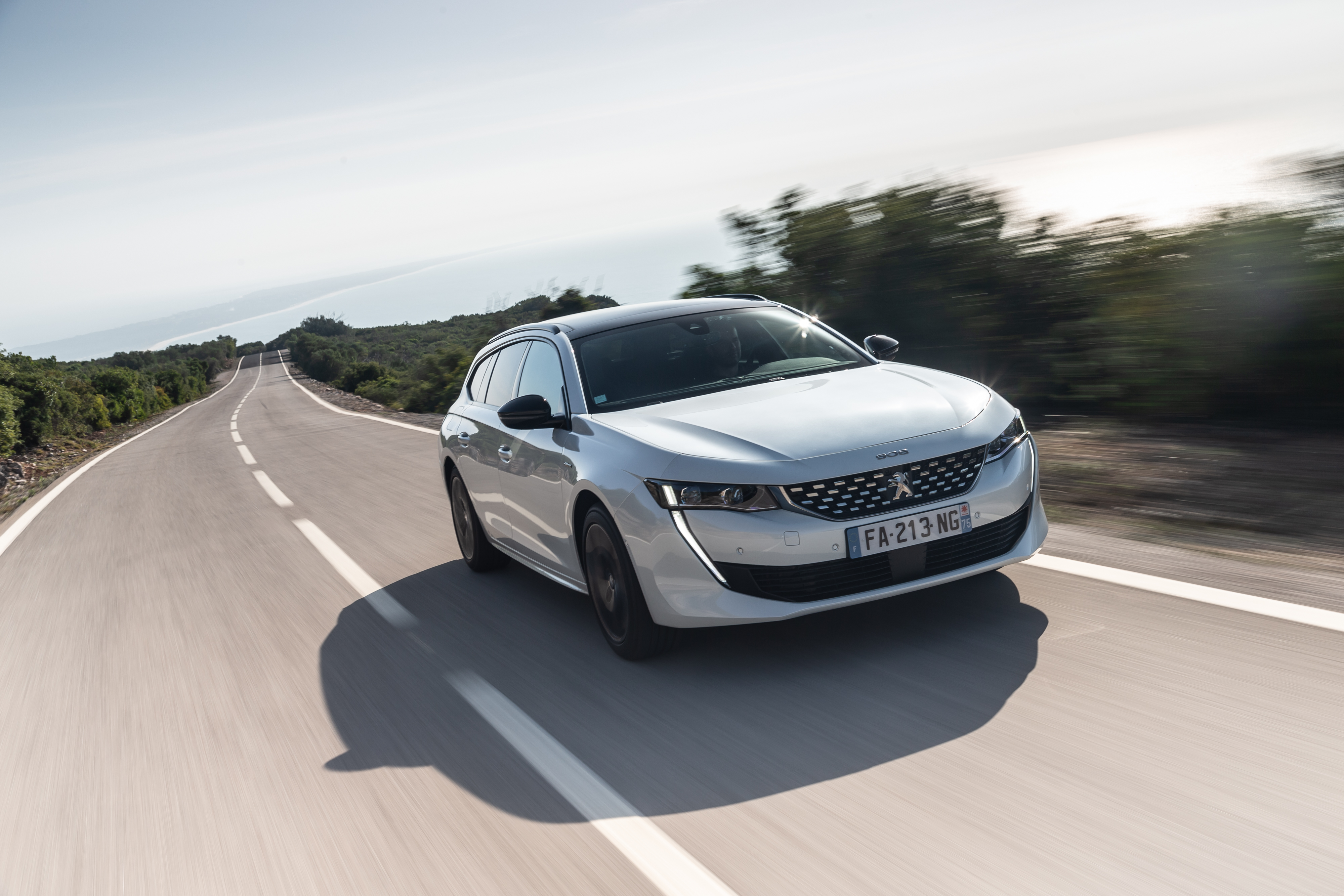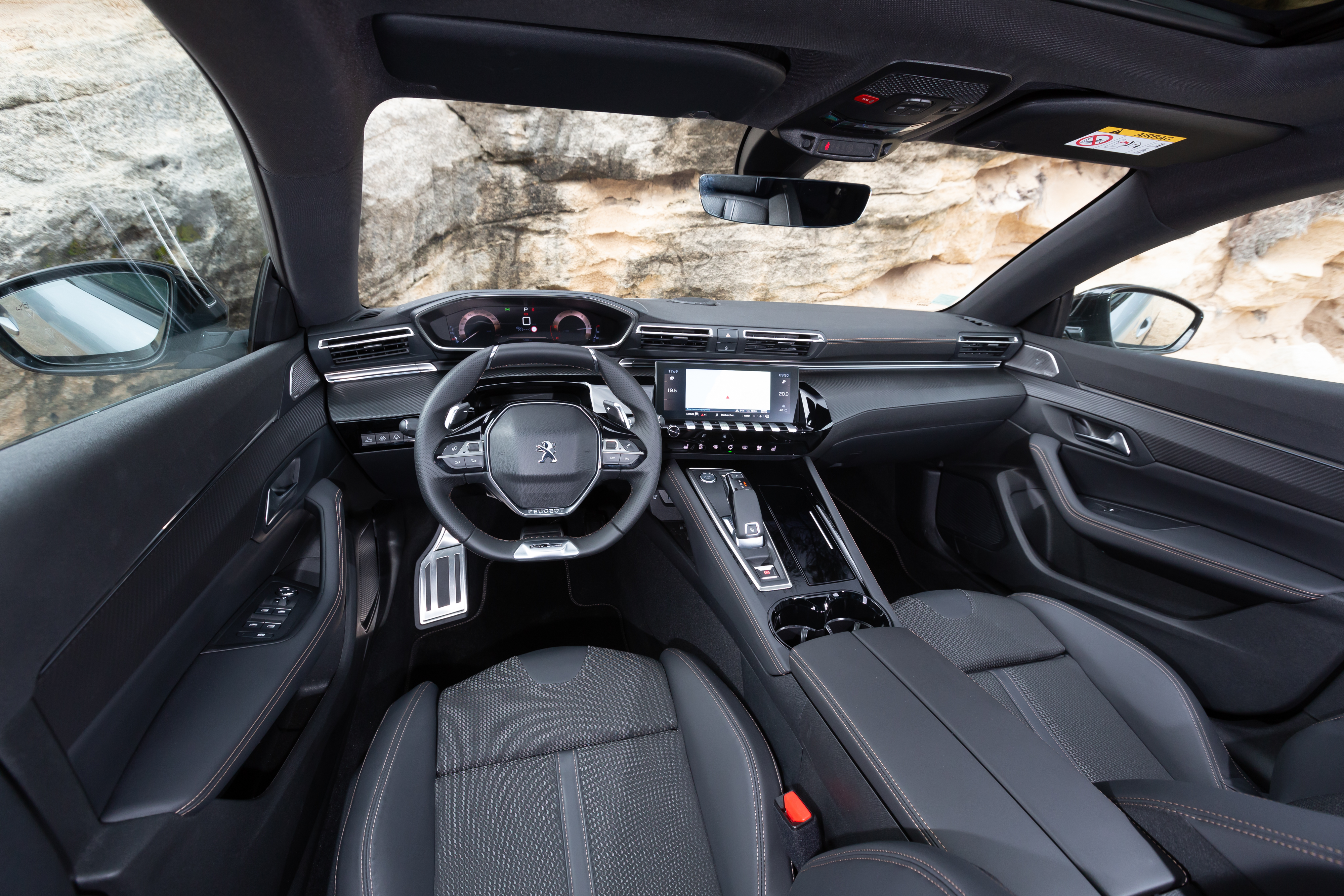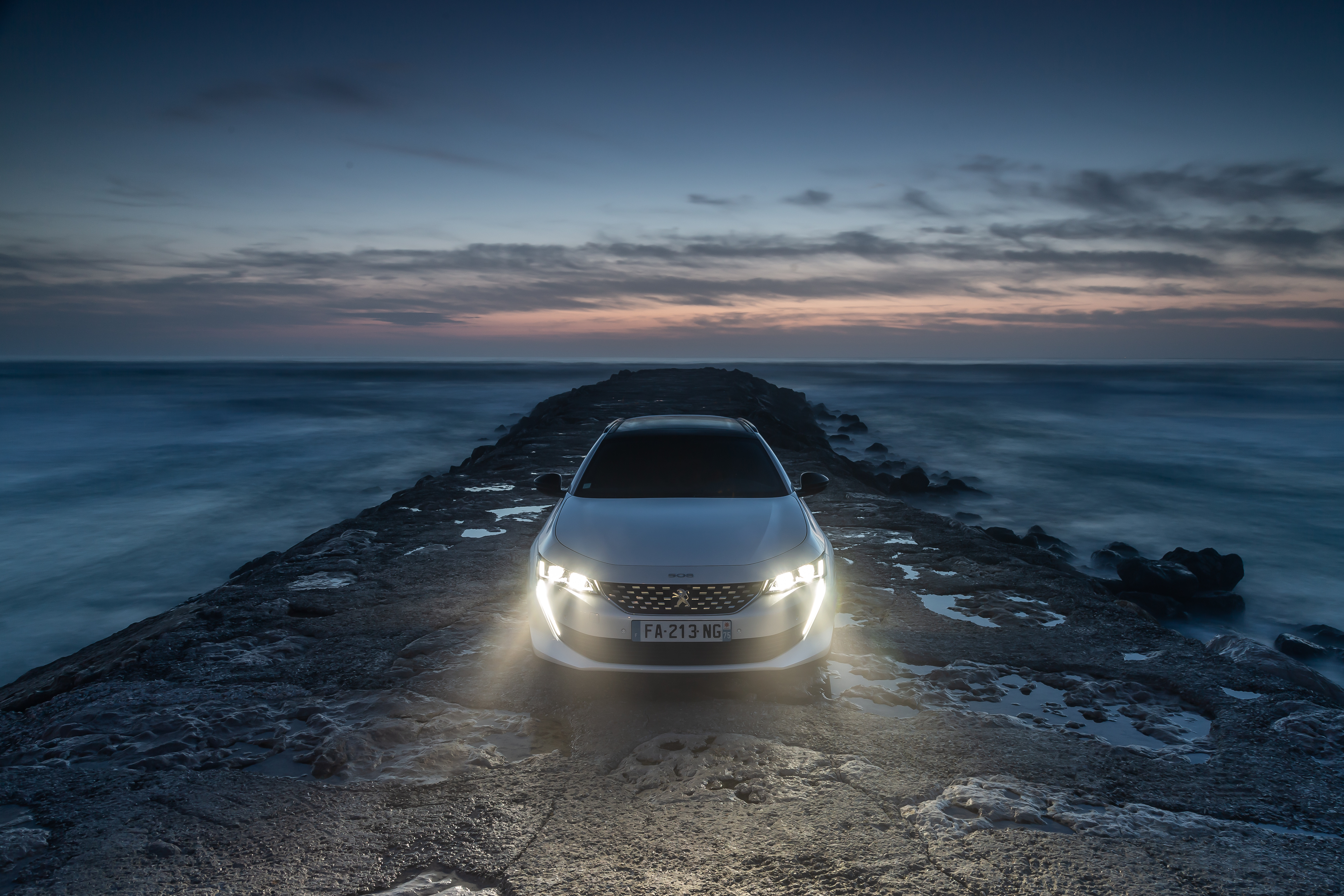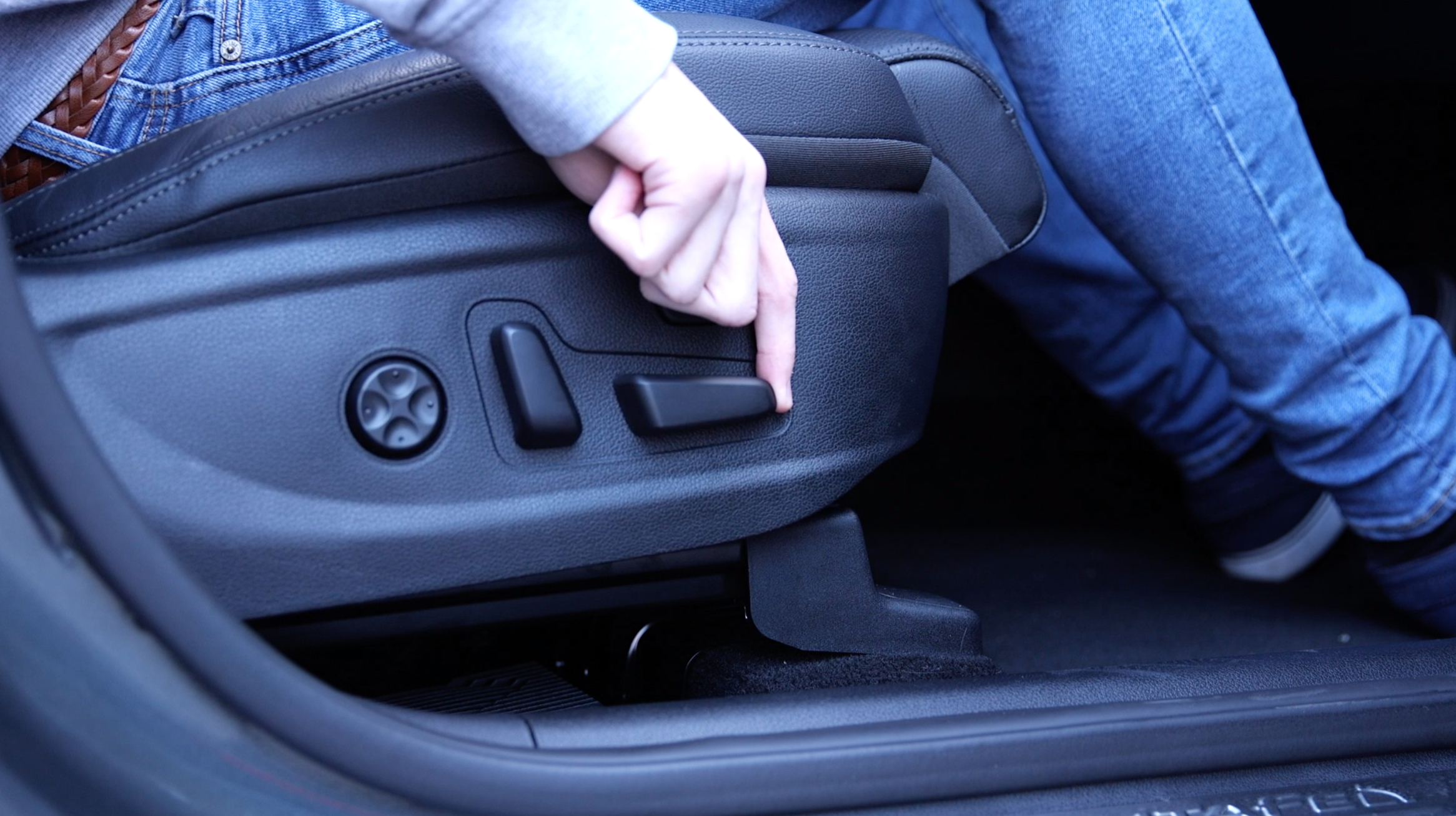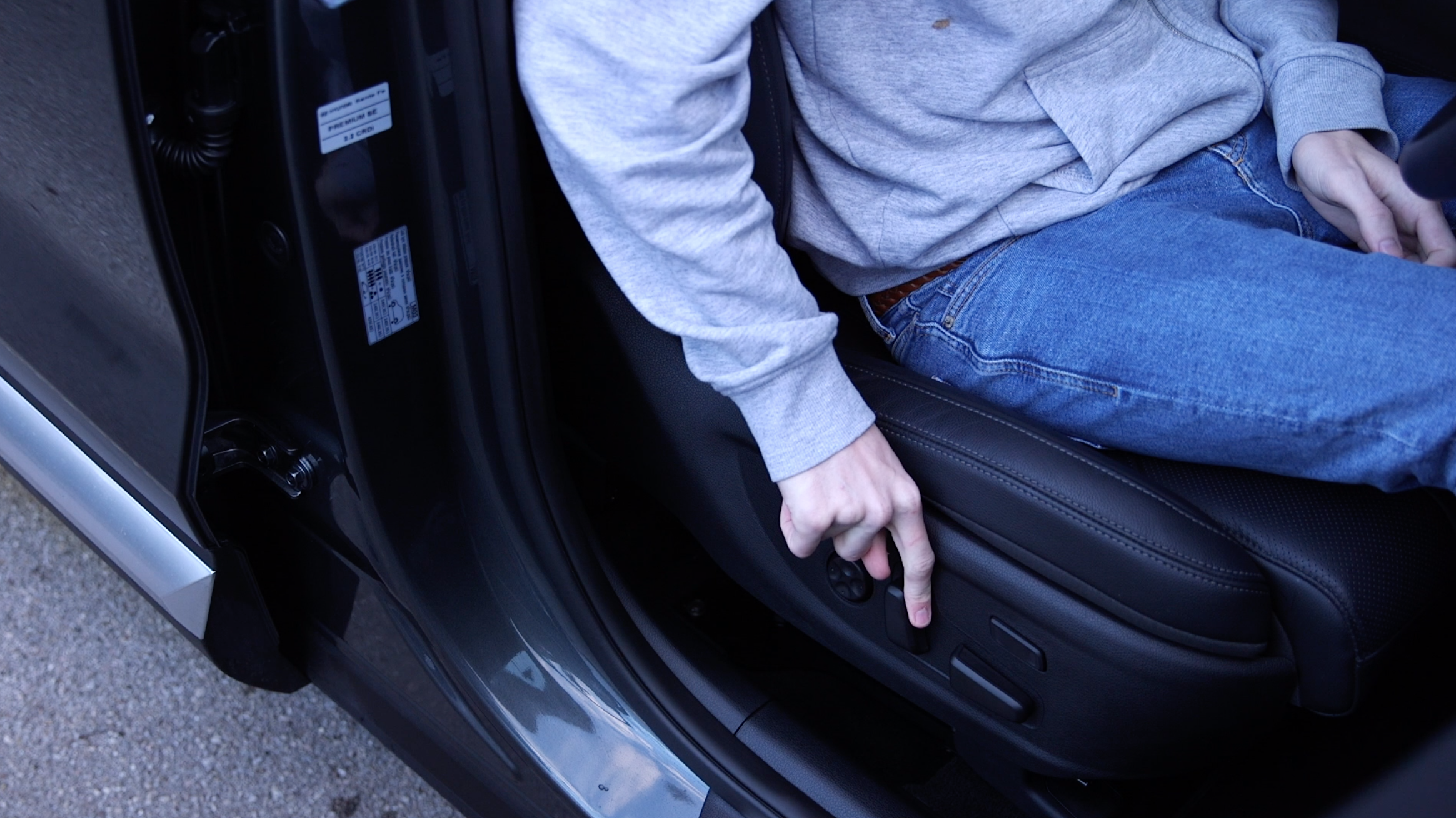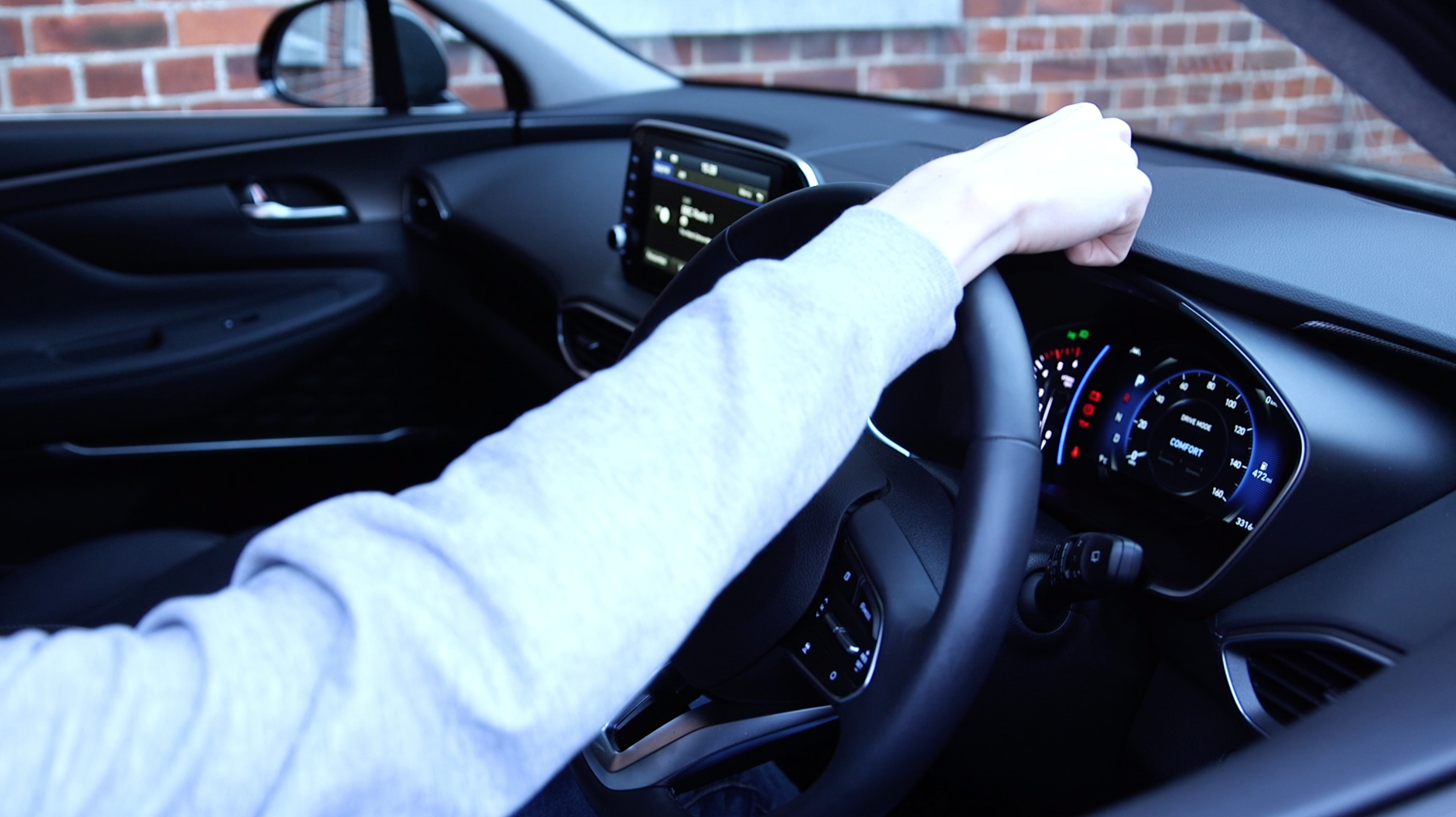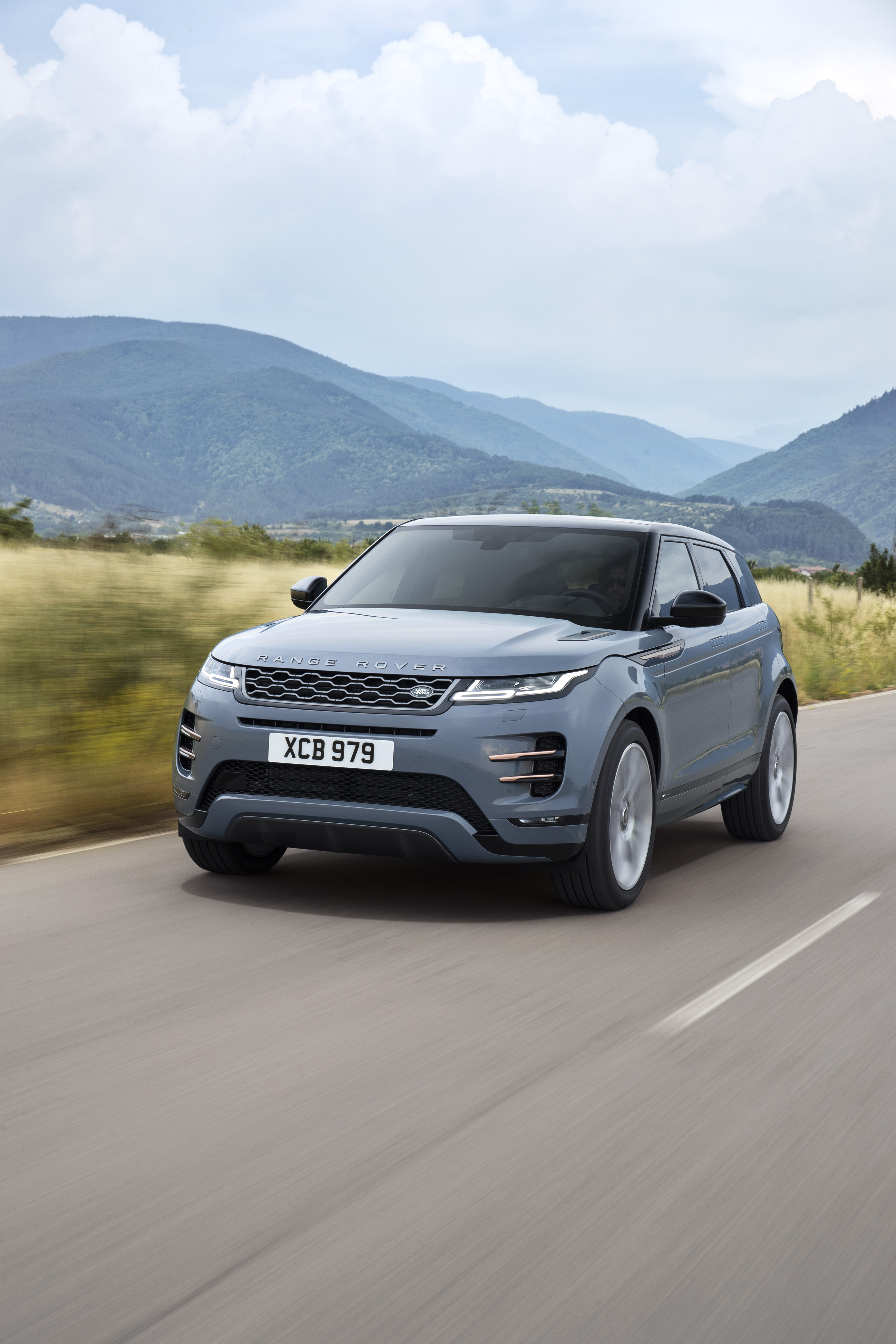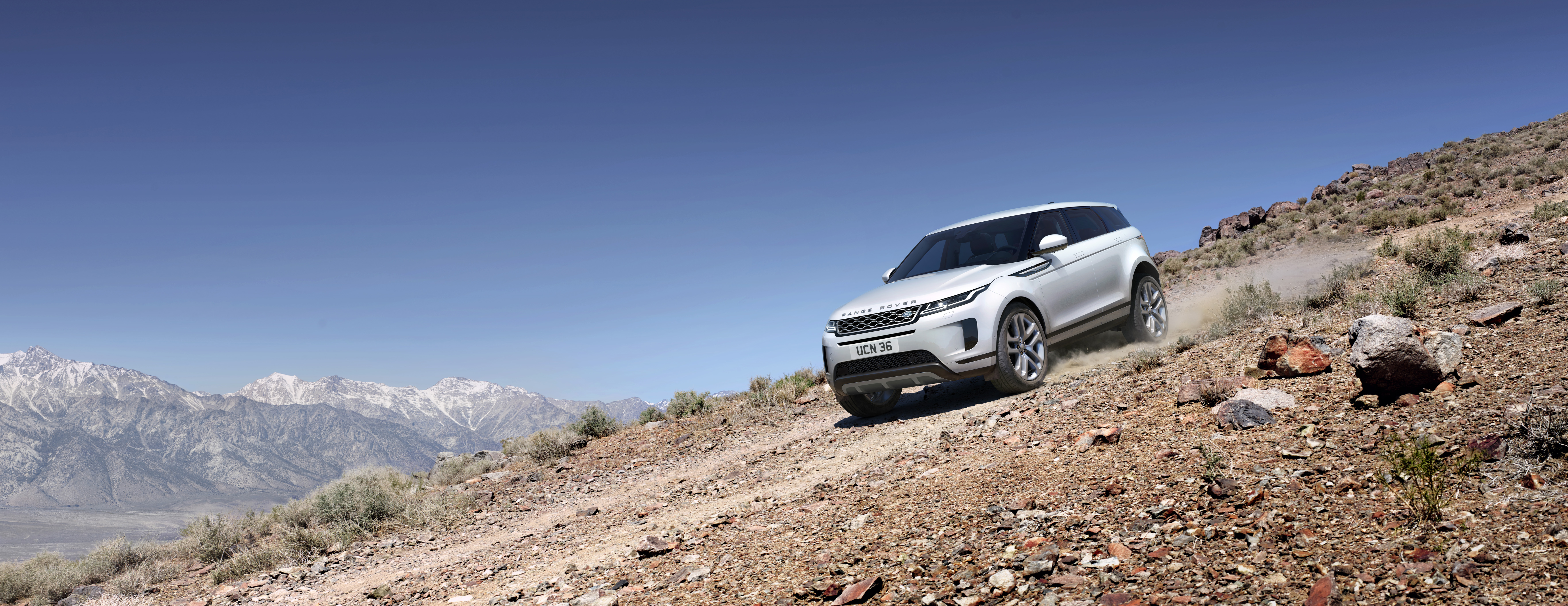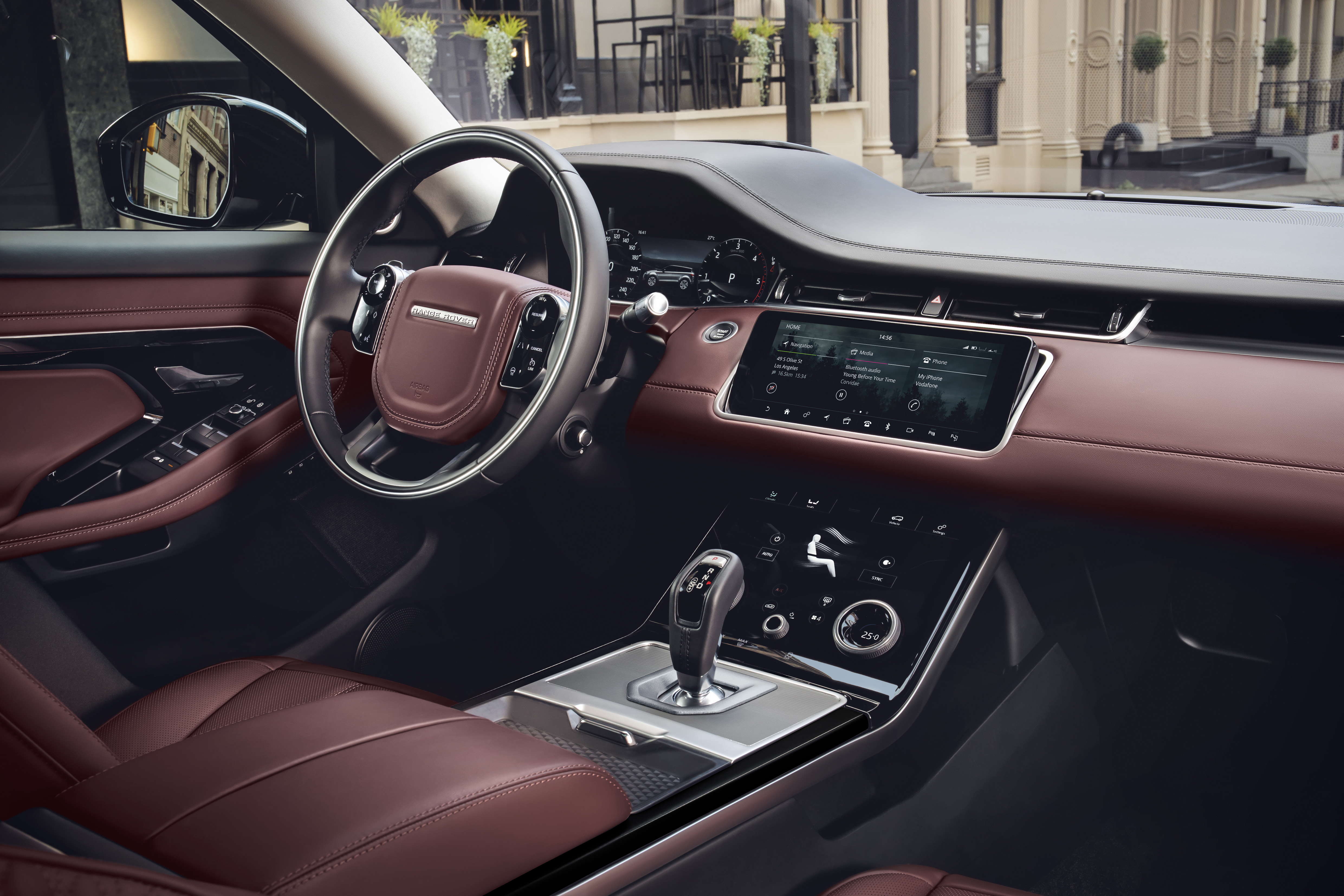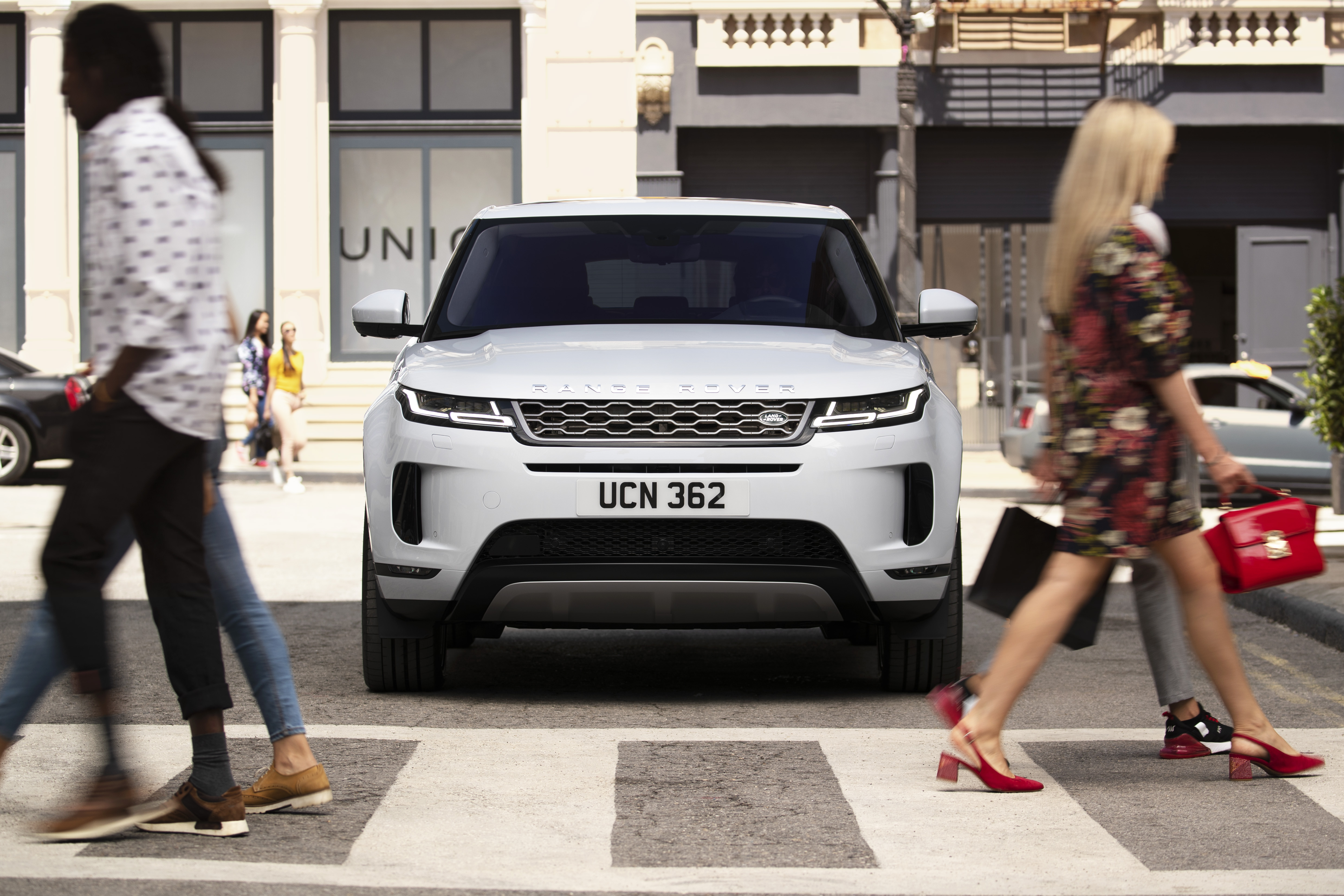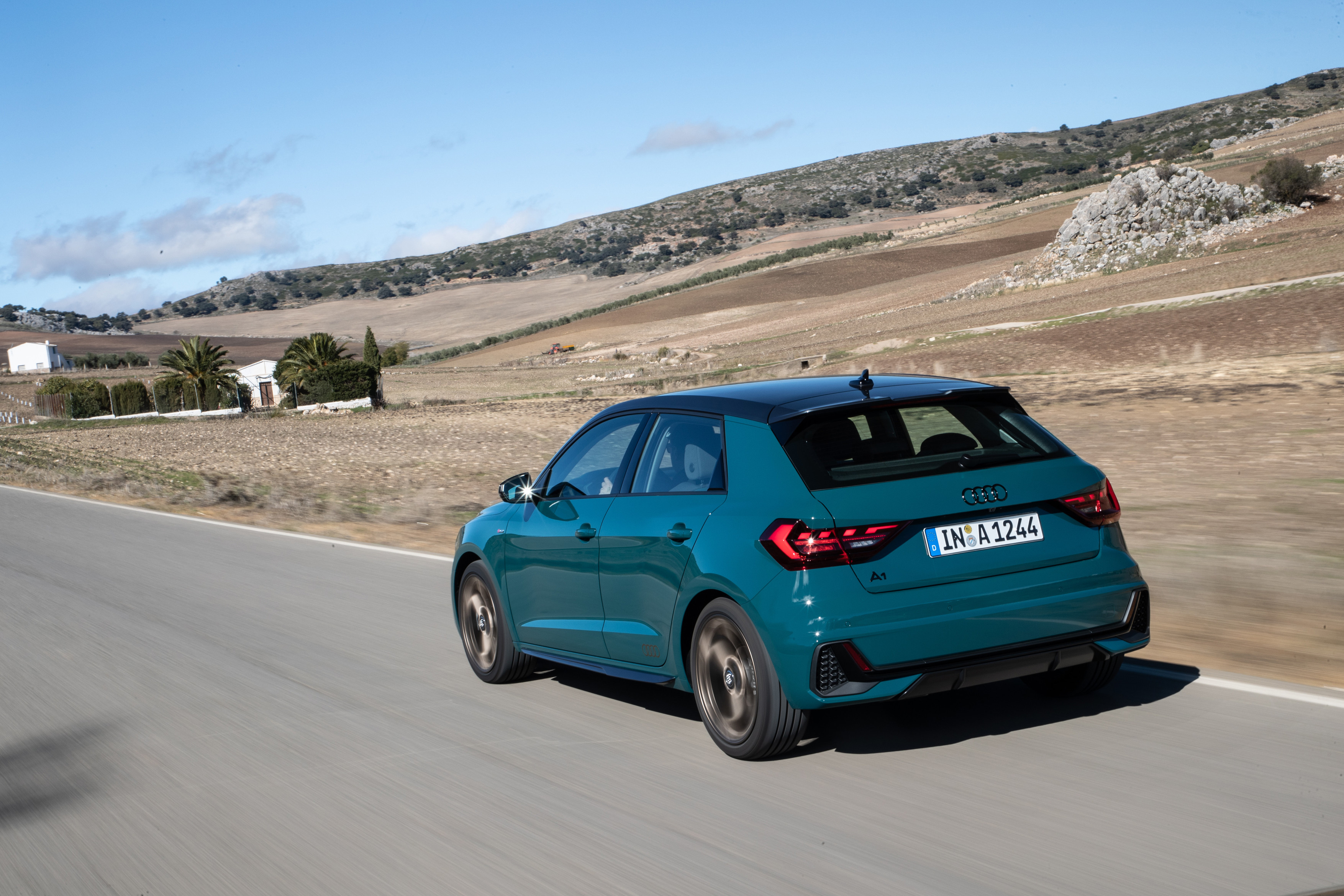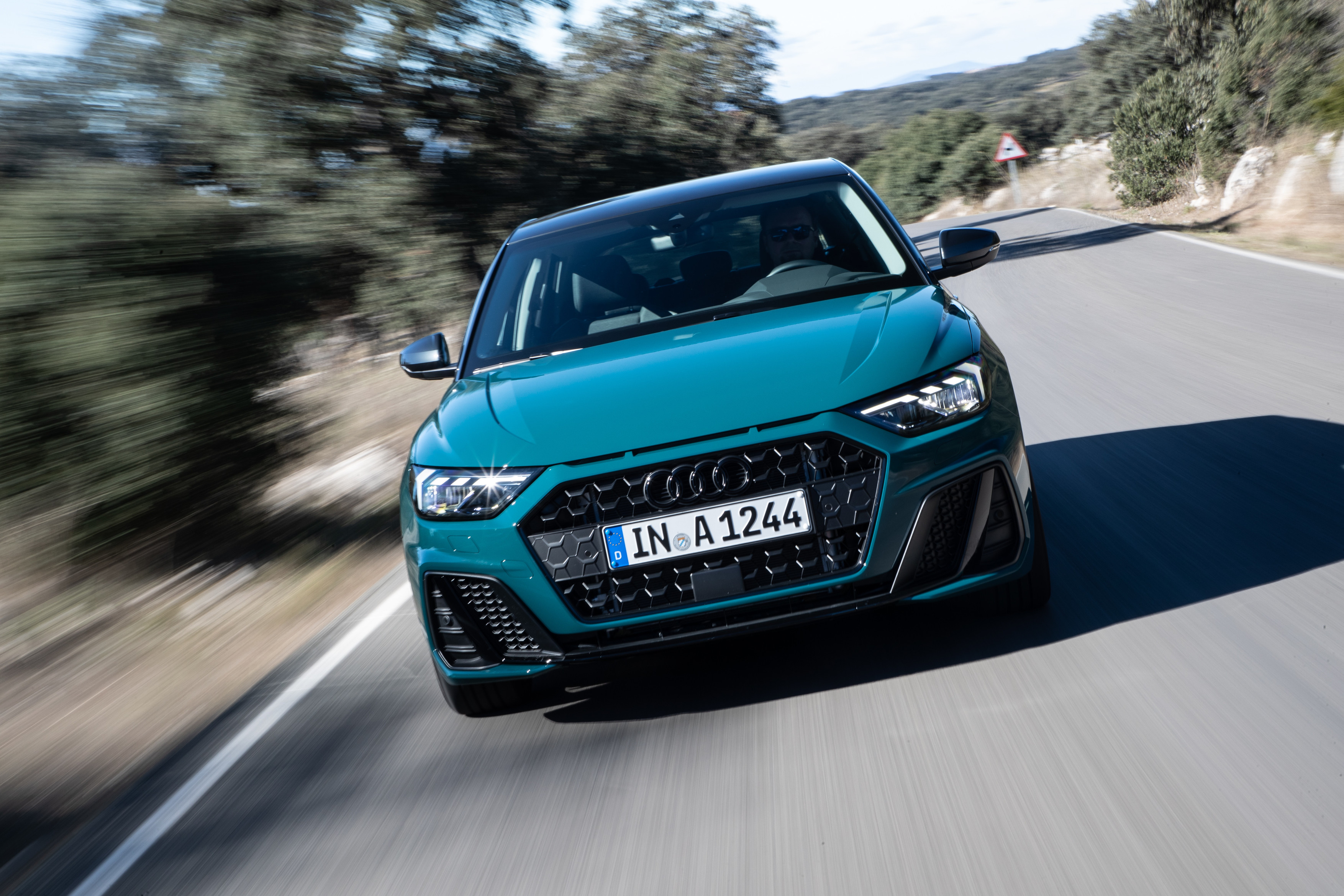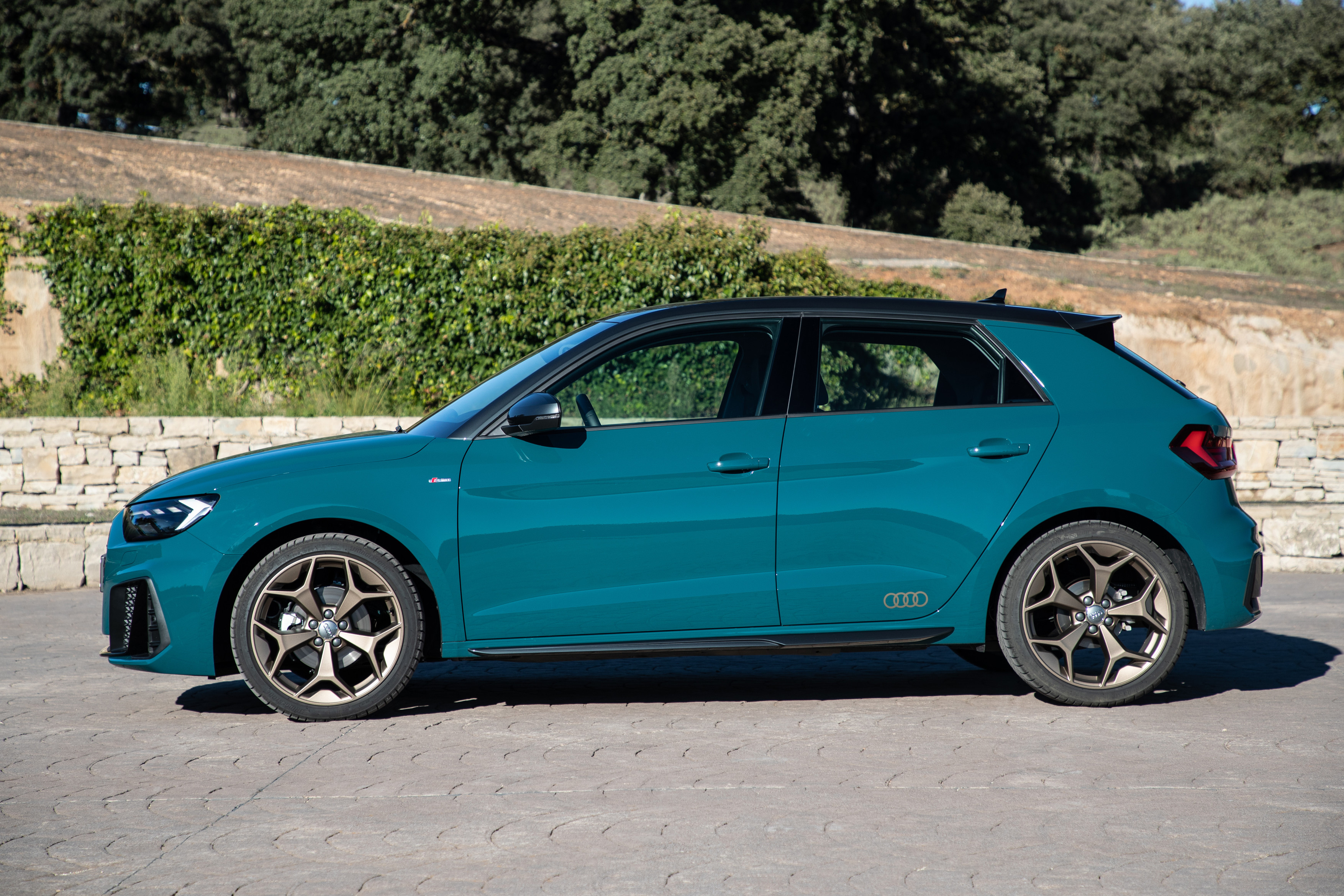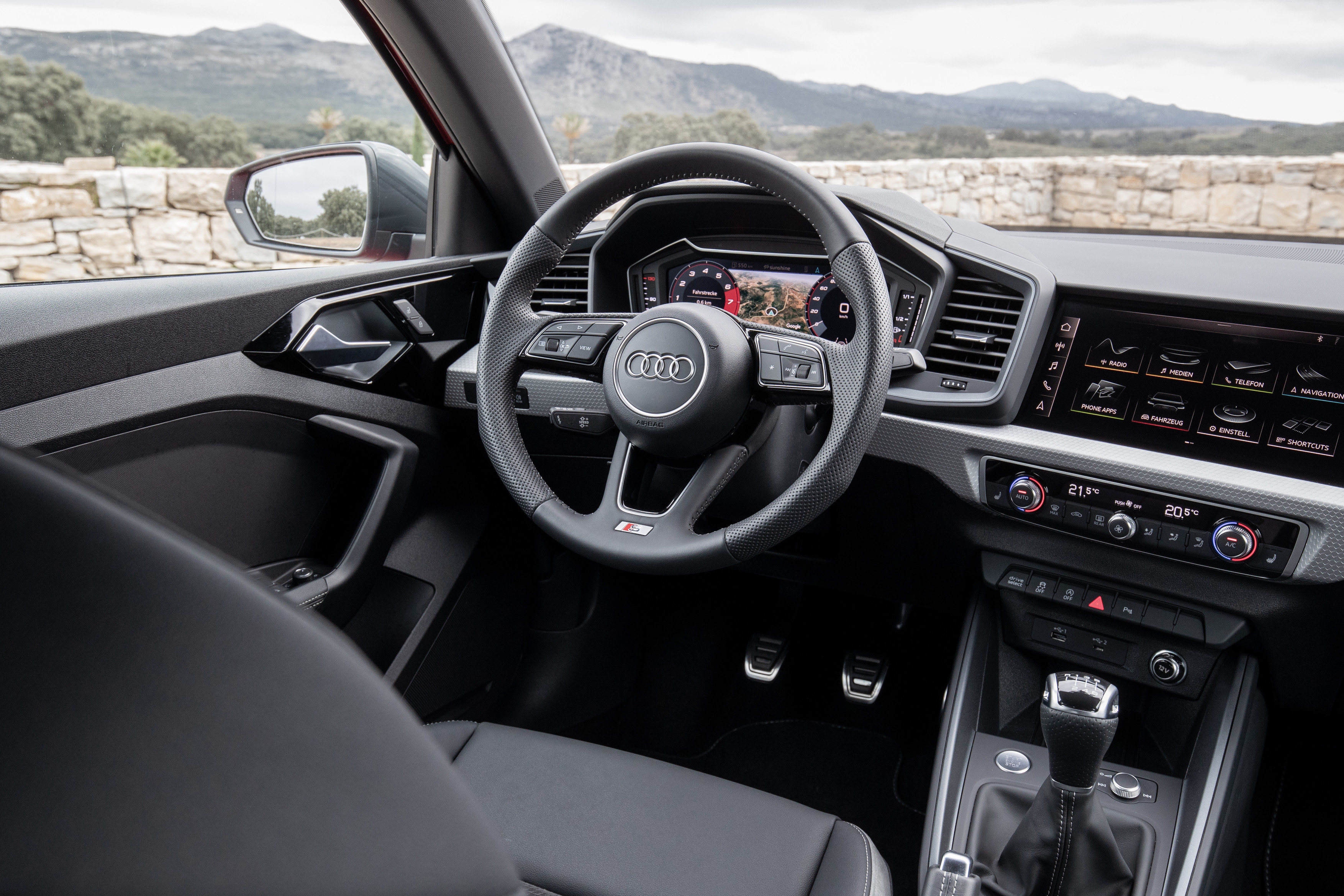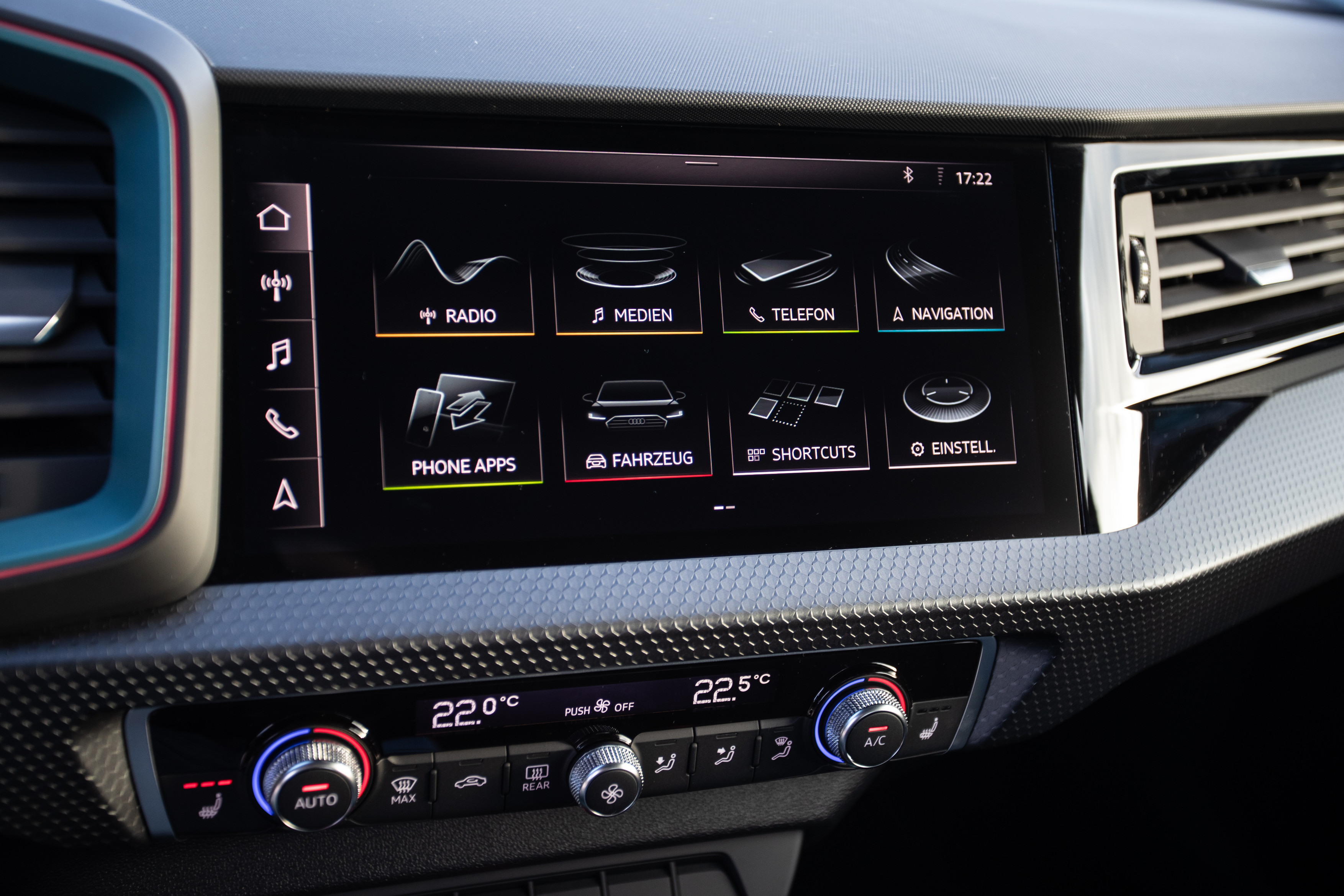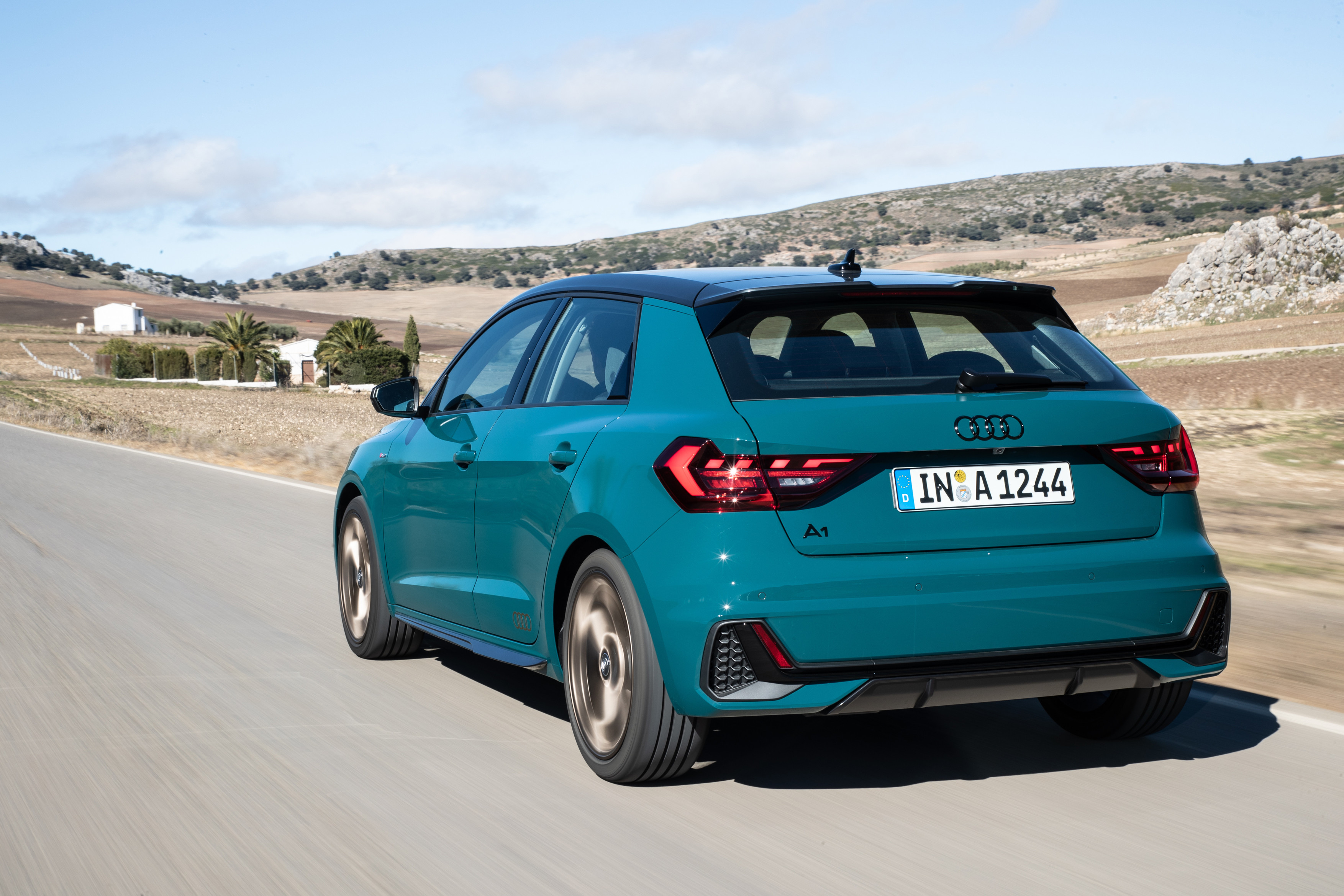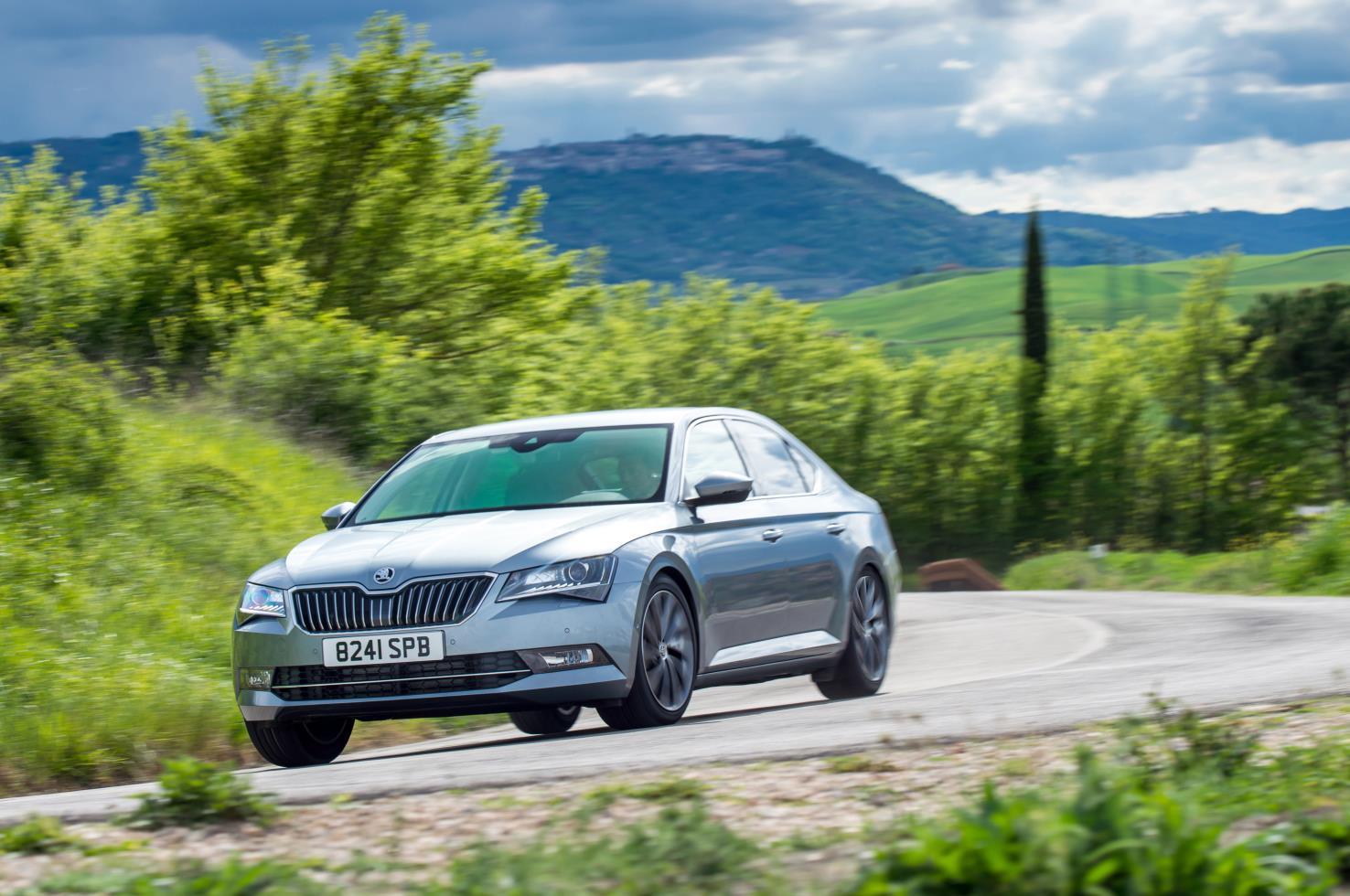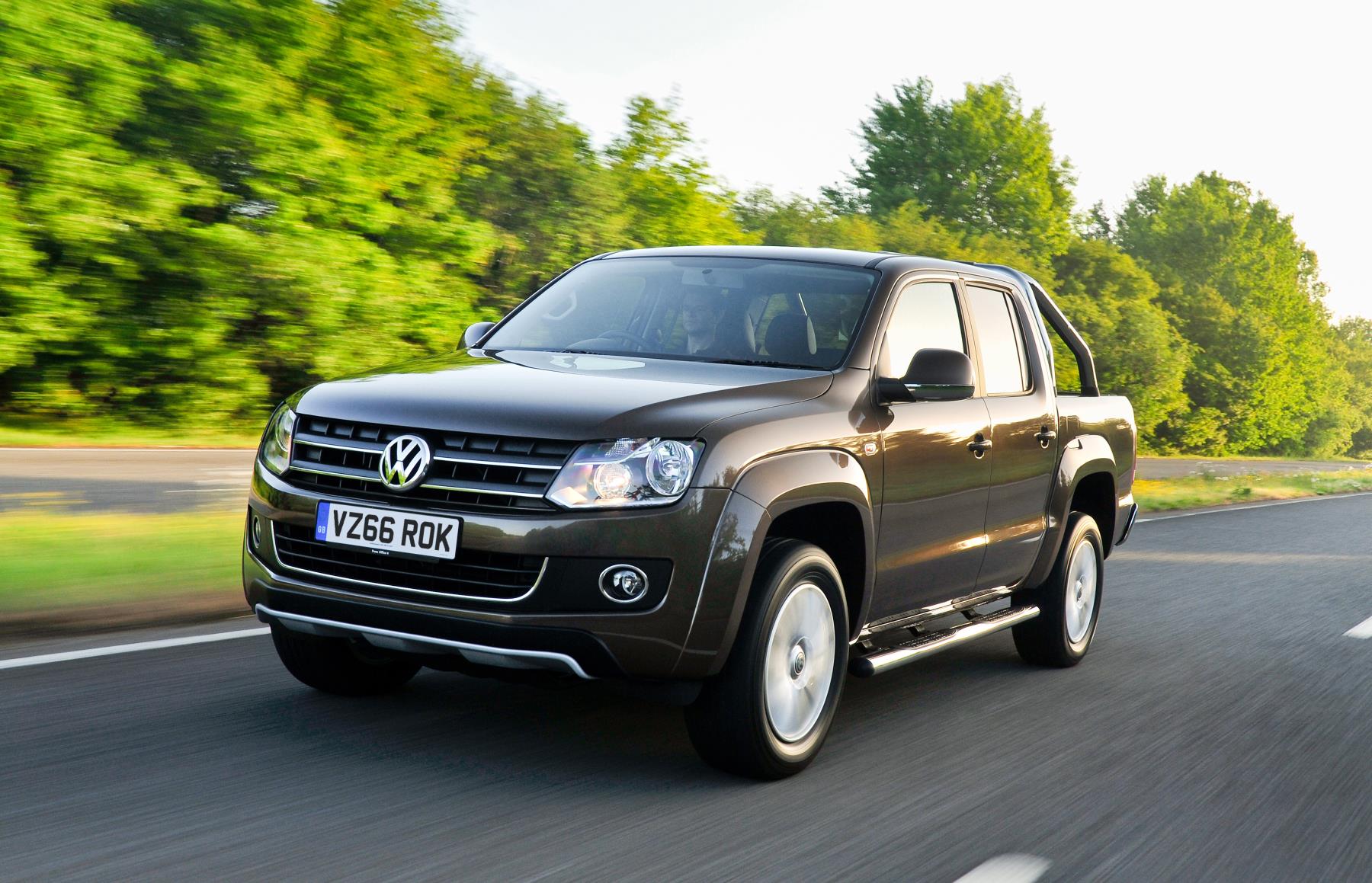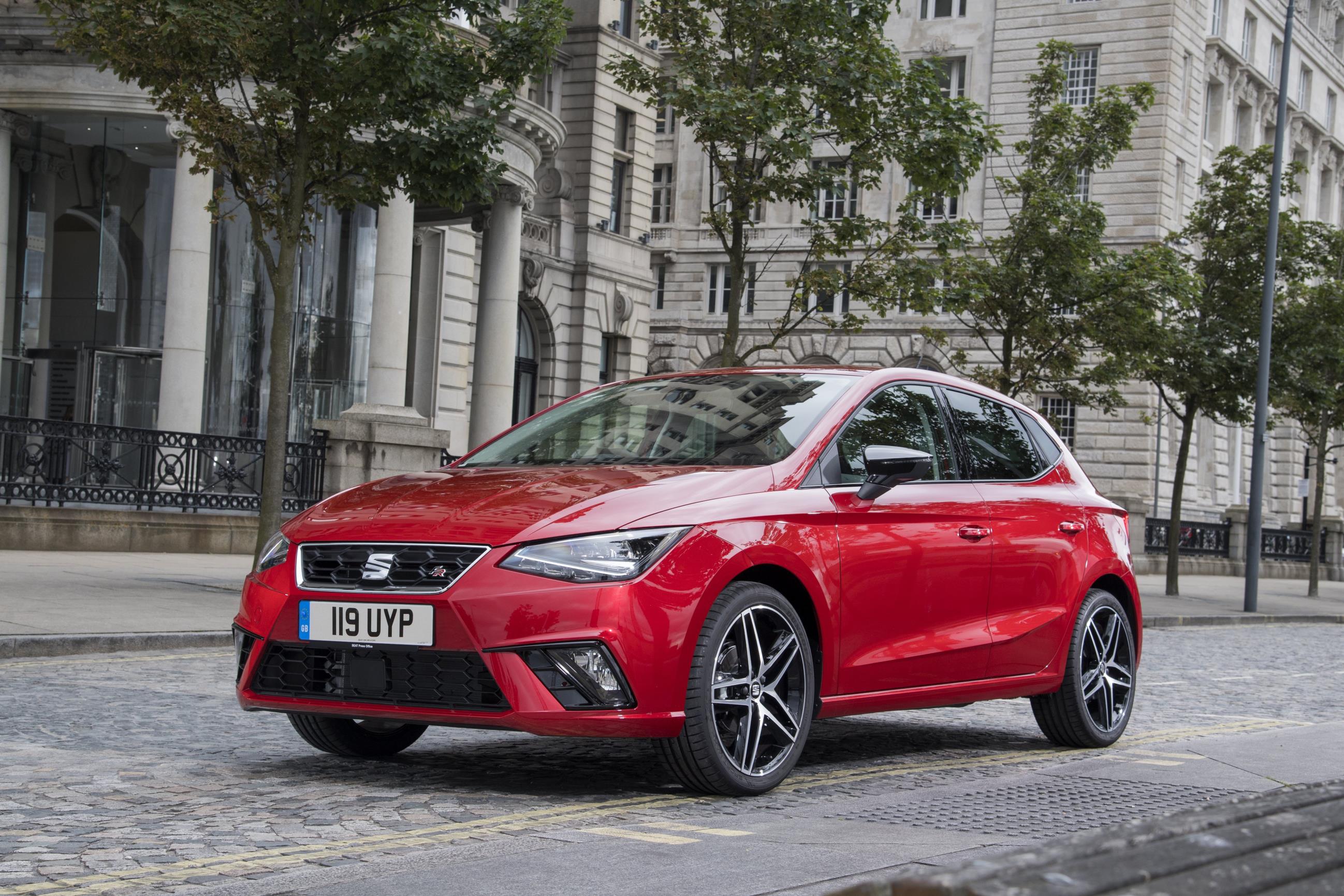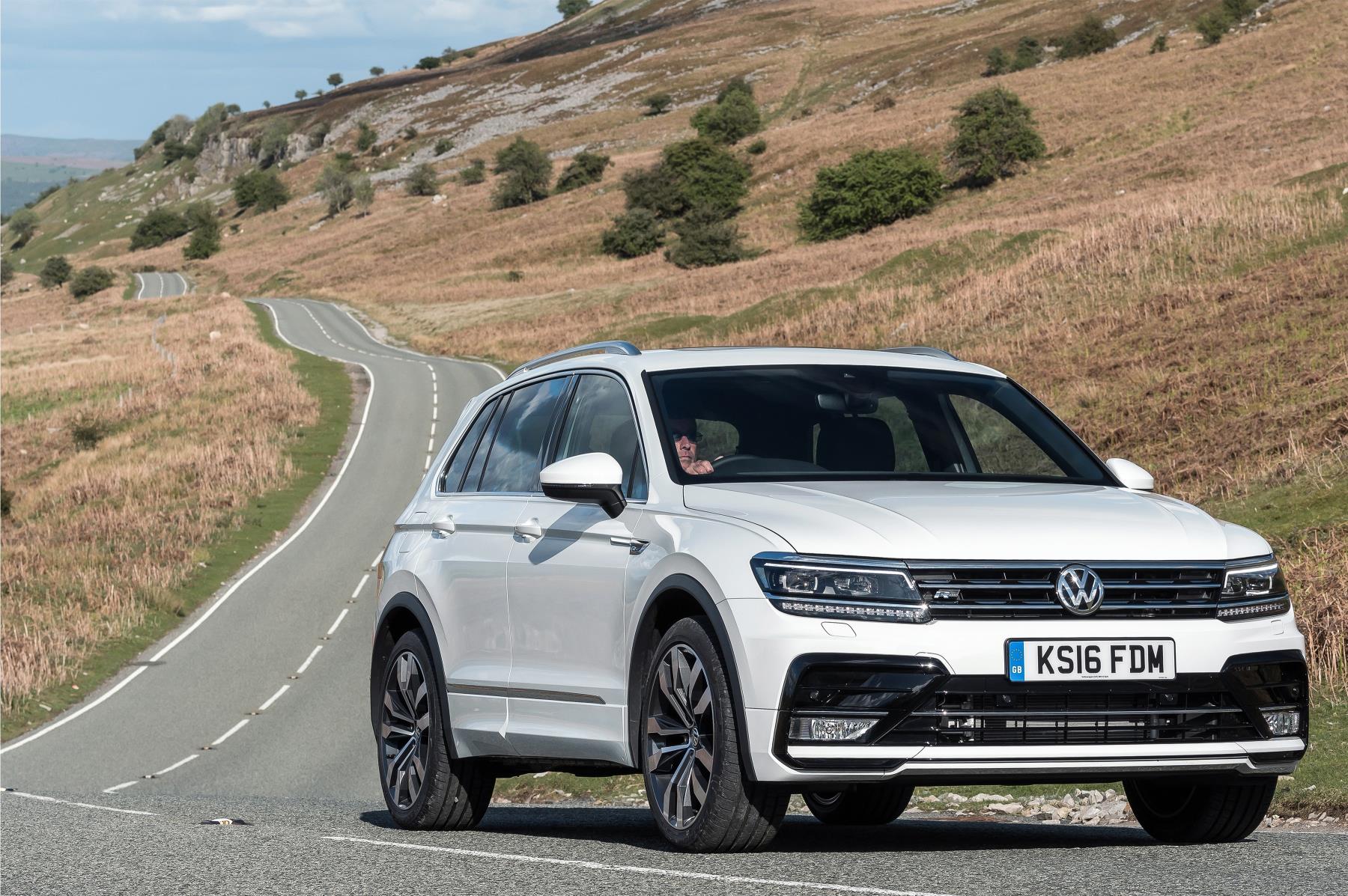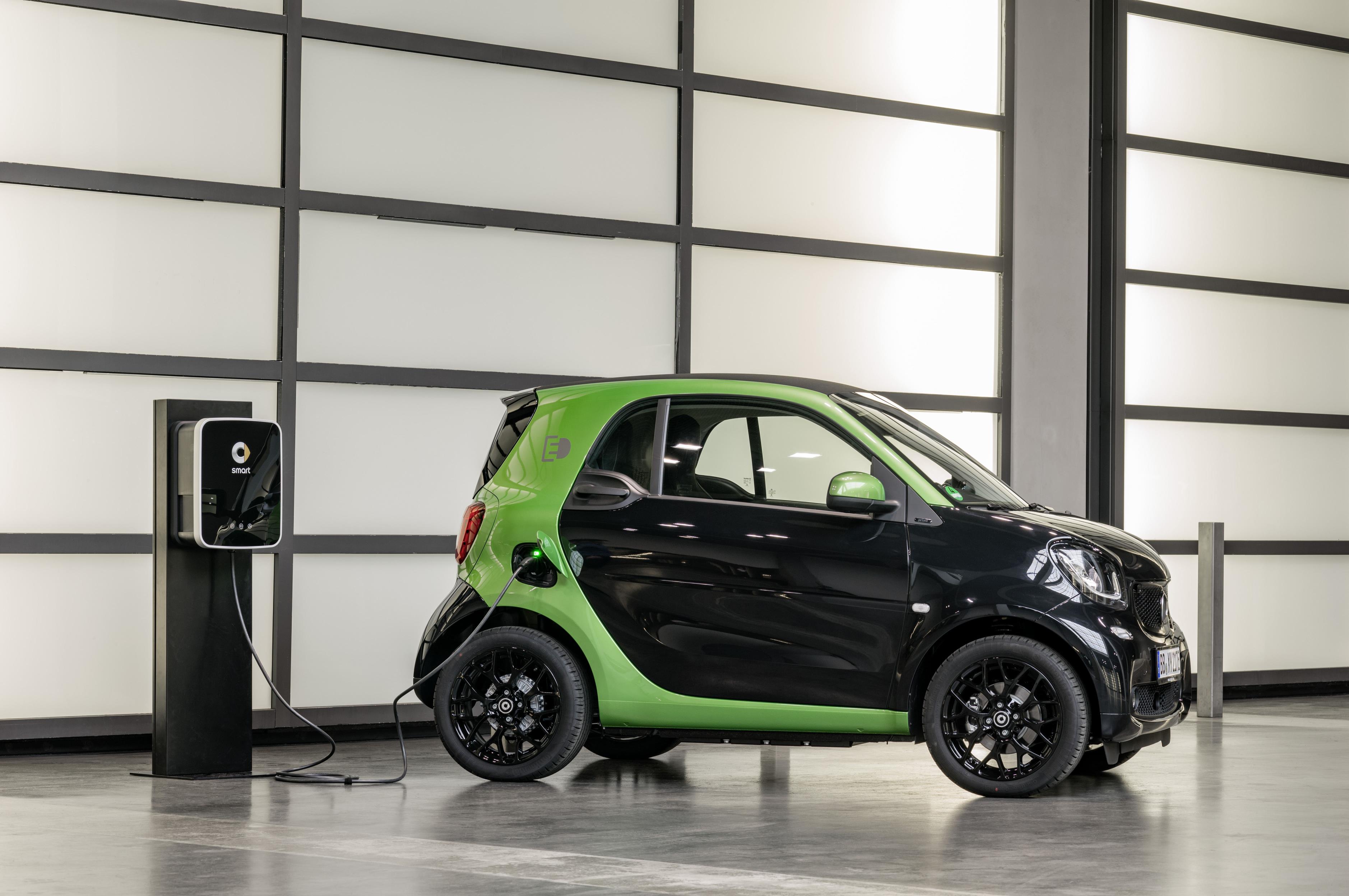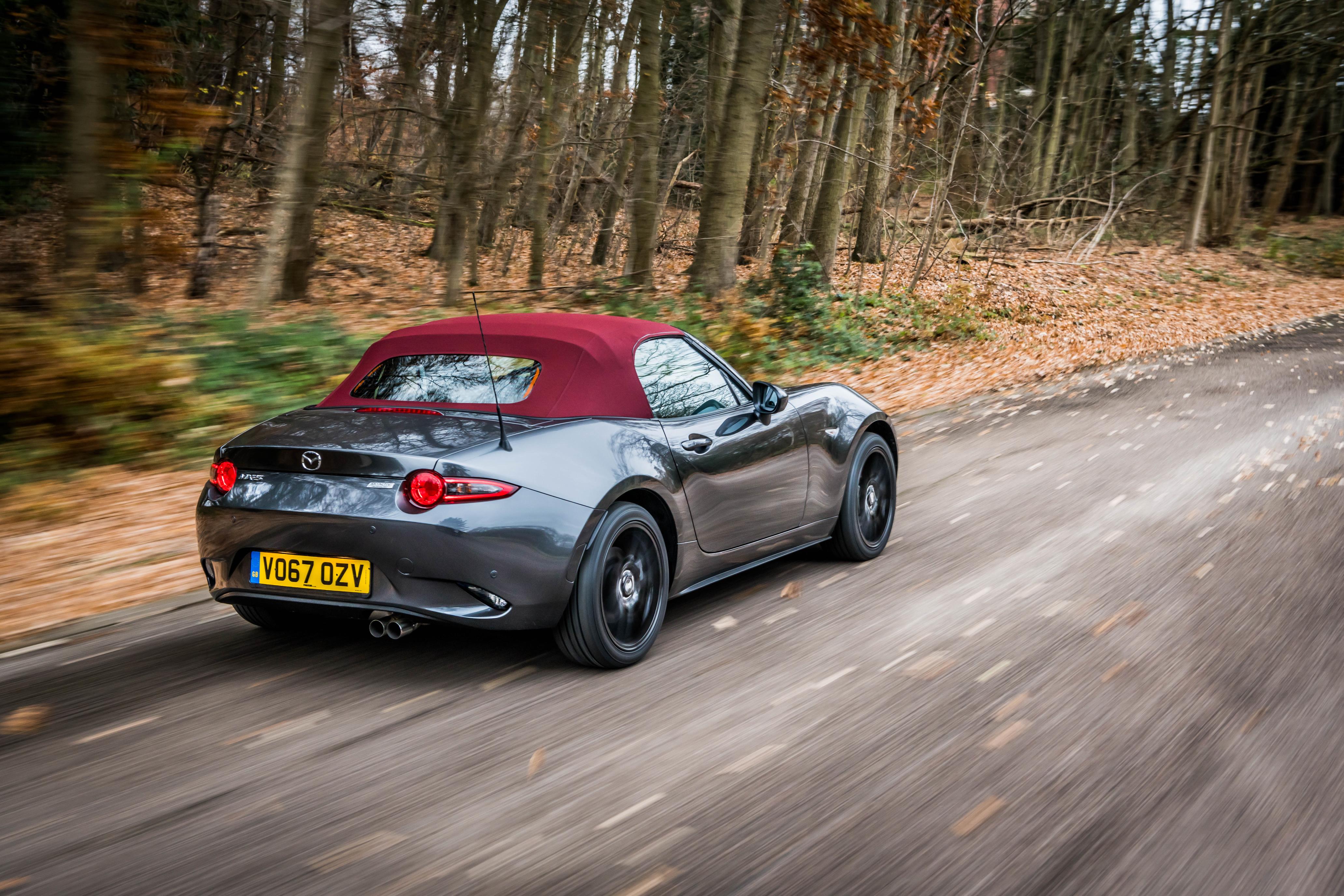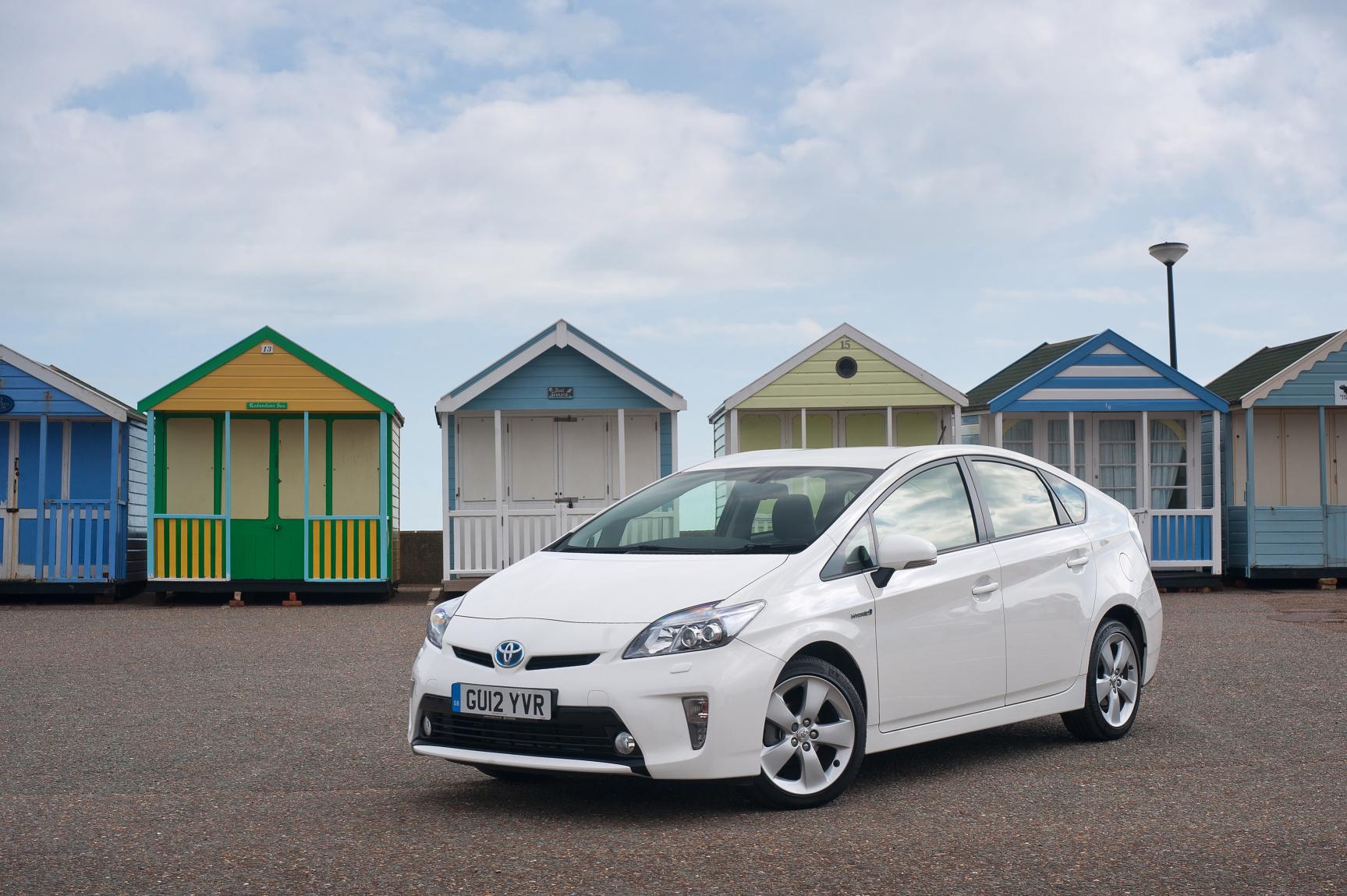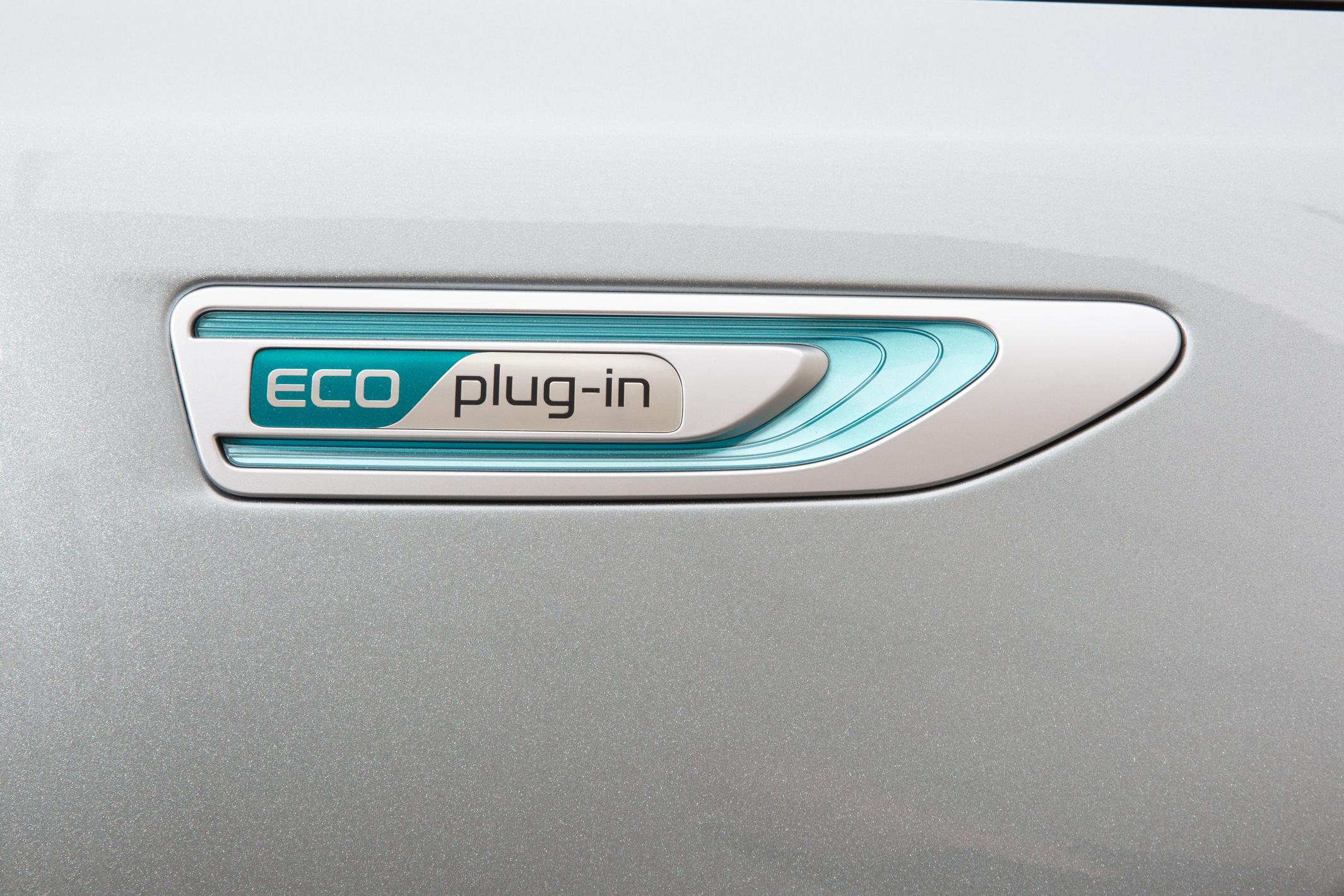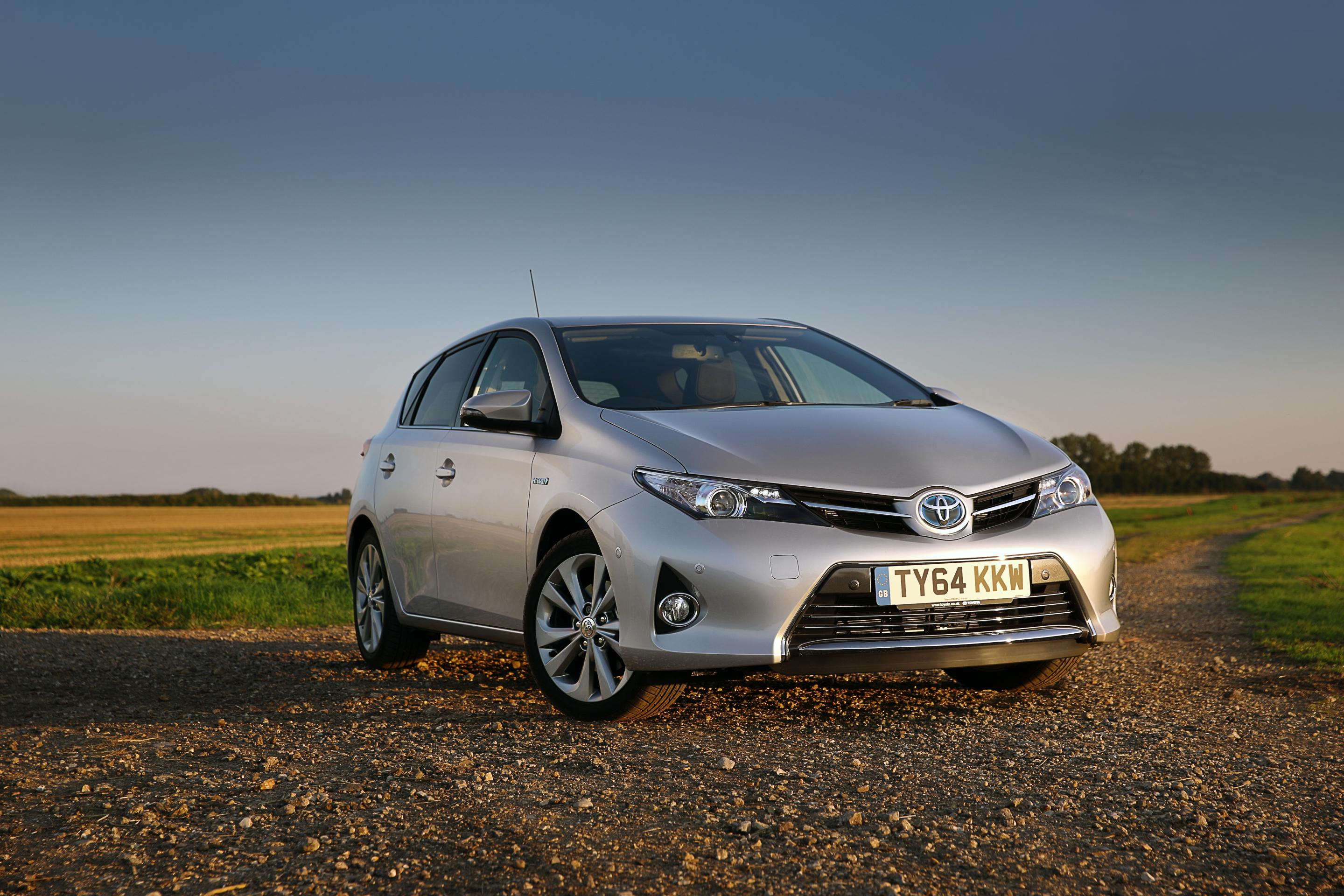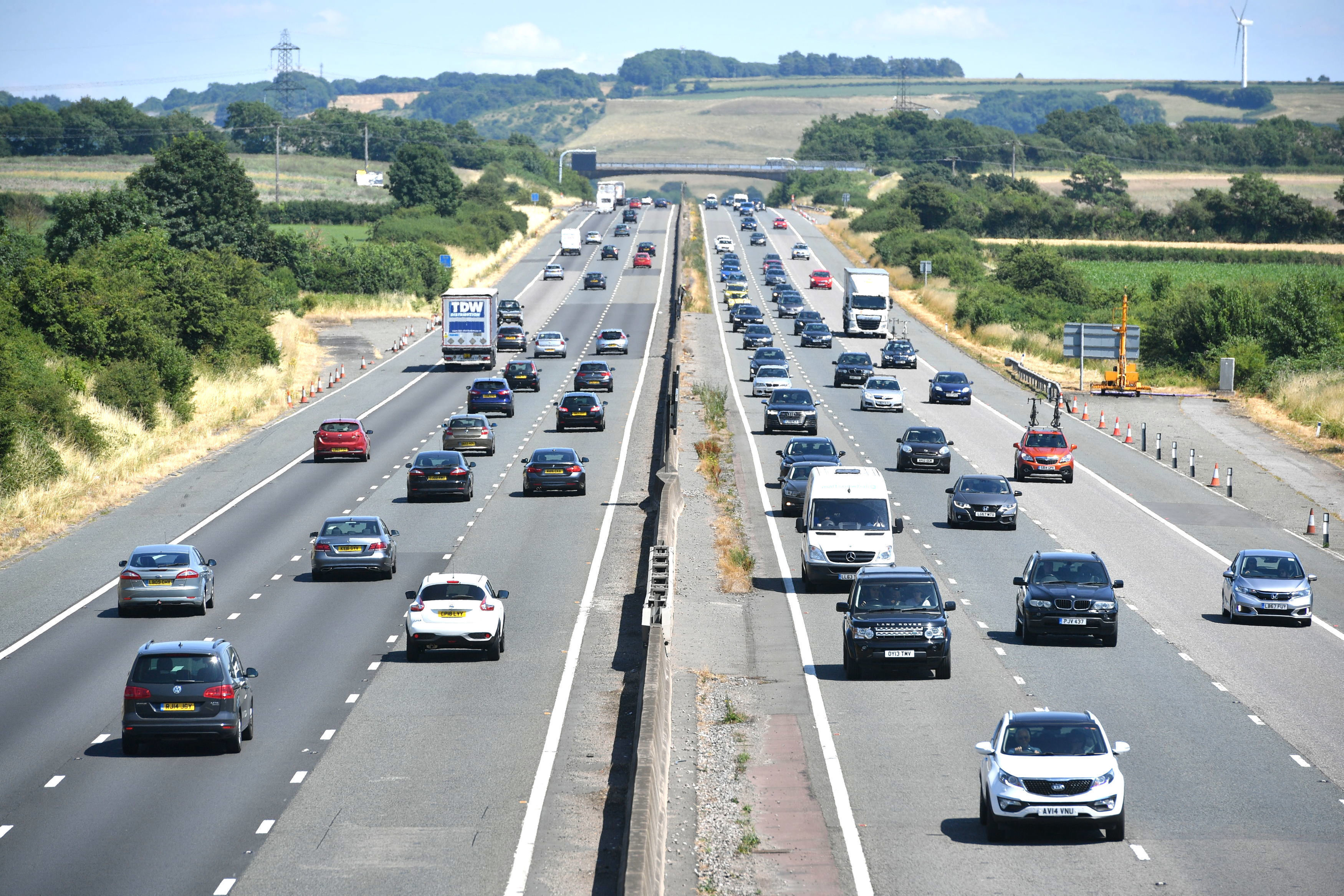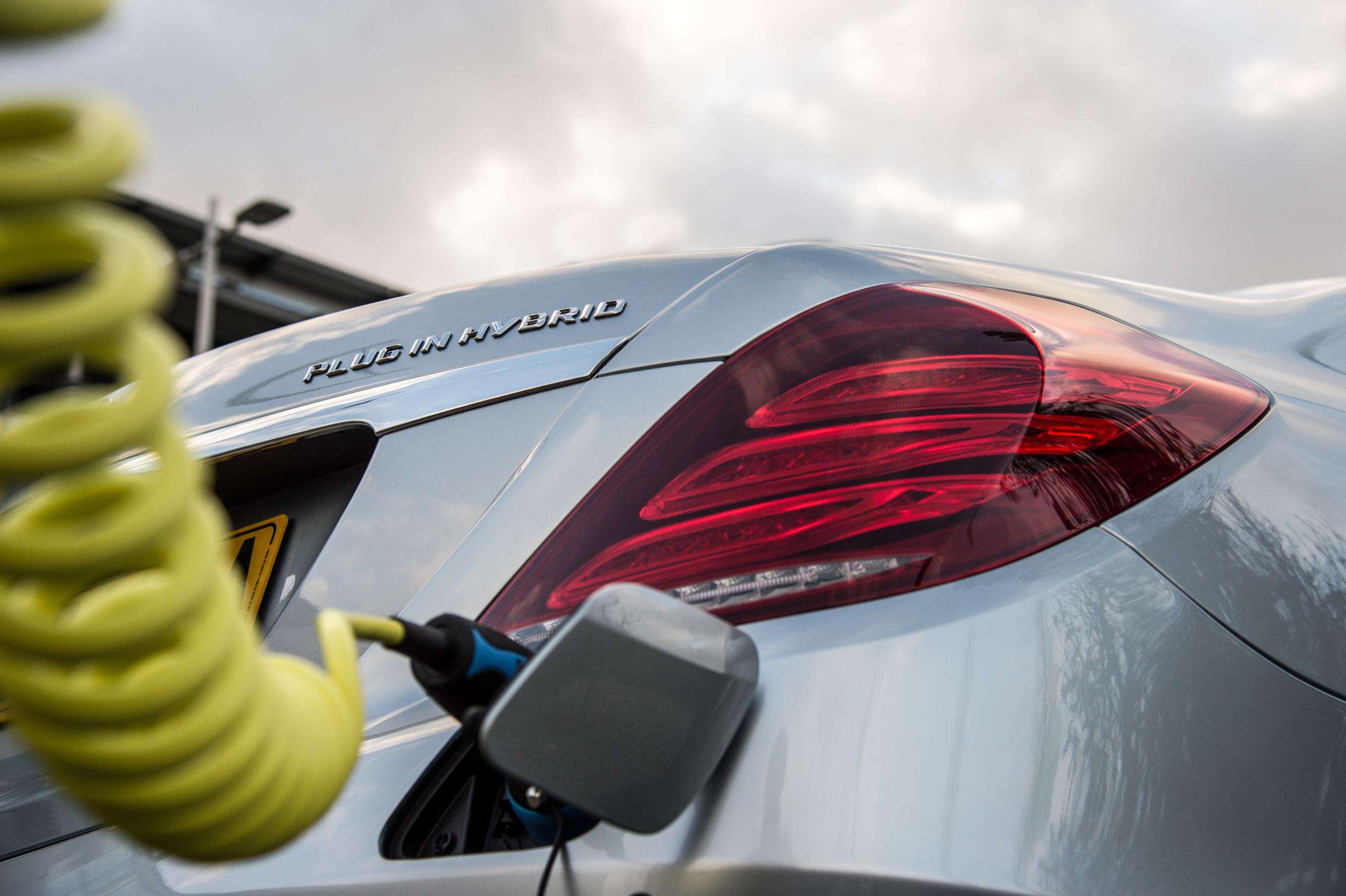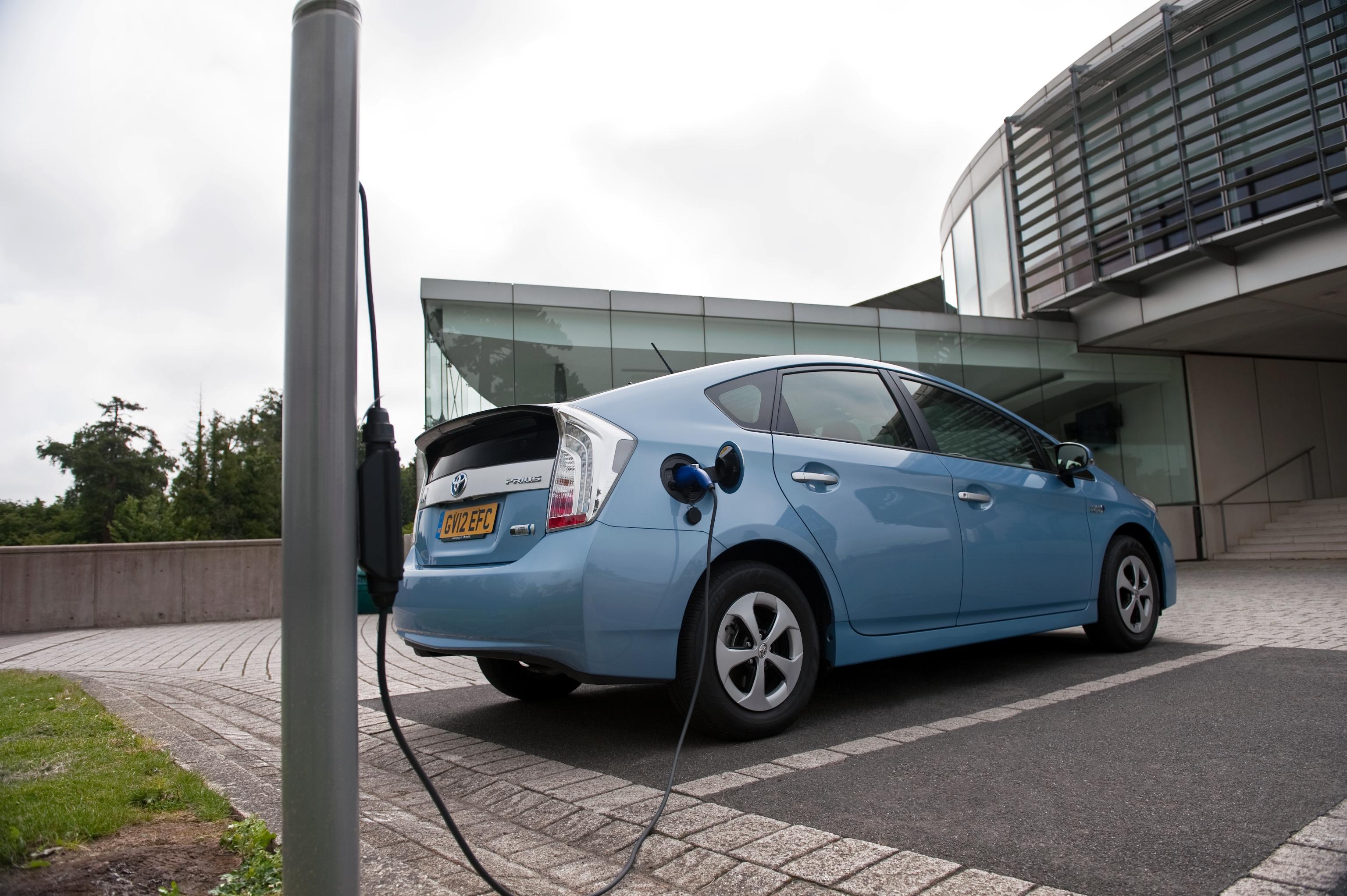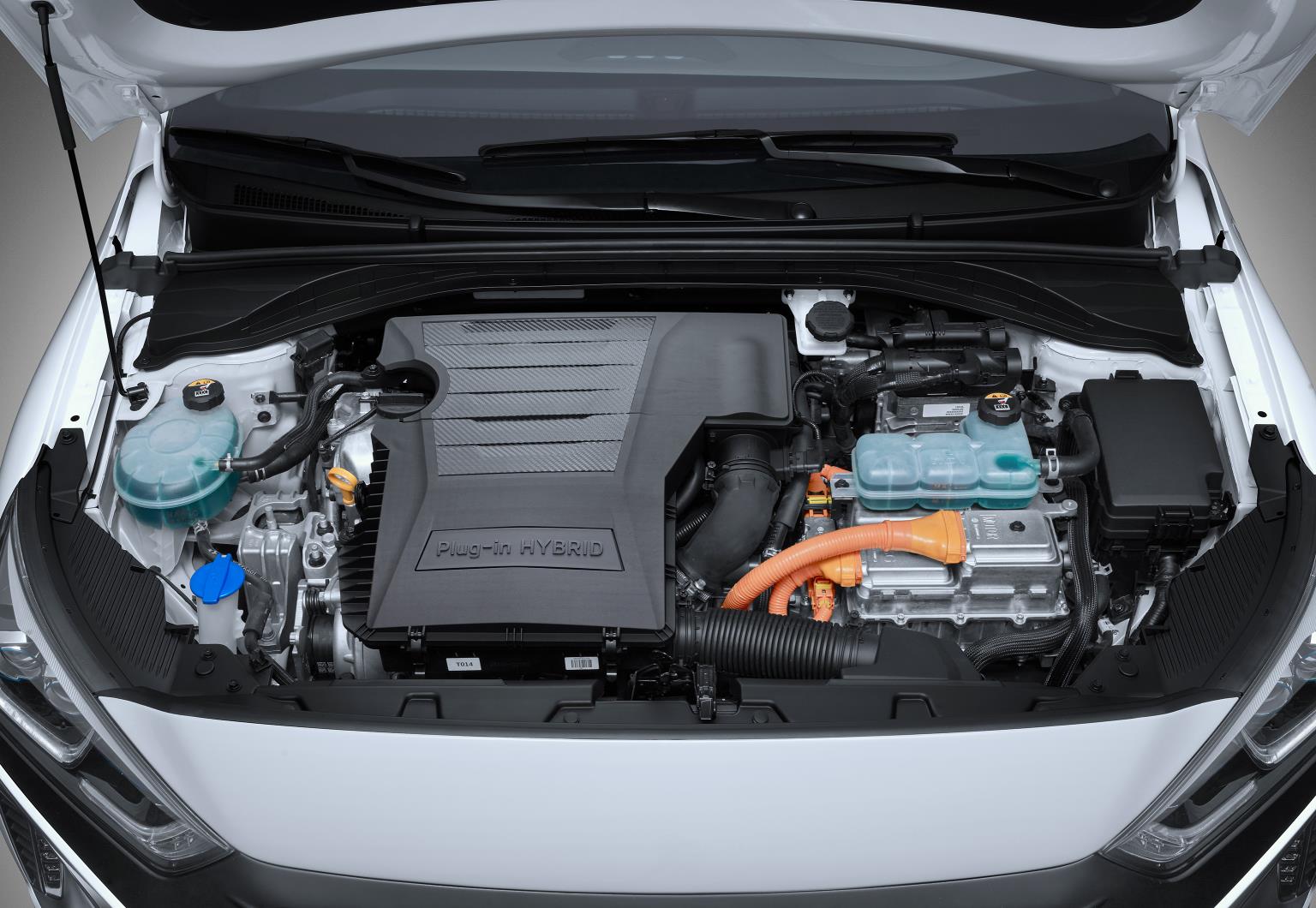The Los Angeles Auto Show is one of the last big motor shows of the year, but don’t let that fool you into thinking that manufacturers will be hanging fire on big reveals until the dawn of 2019.
This year’s event promises glimpses of some key new cars – from the all-new Porsche 911 to the range-topping BMW M340i. Here, we round up 12 of the crucial cars you need to look out for.
Jeep Gladiator

Jeep’s new Wrangler has already arrived on our shores, but the Gladiator manages to make it look like a ‘regular’ car in comparison. A pick-up version of the Wrangler, the Gladiator gives you a little more practicality and makes it more appealing to those who prefer a more ‘outdoor’ lifestyle.
It’s believed the Gladiator will initially be offered with a V6 petrol engine, although a diesel powertrain is rumoured to be arriving further down the car’s lifetime.
BMW 8 Series Convertible
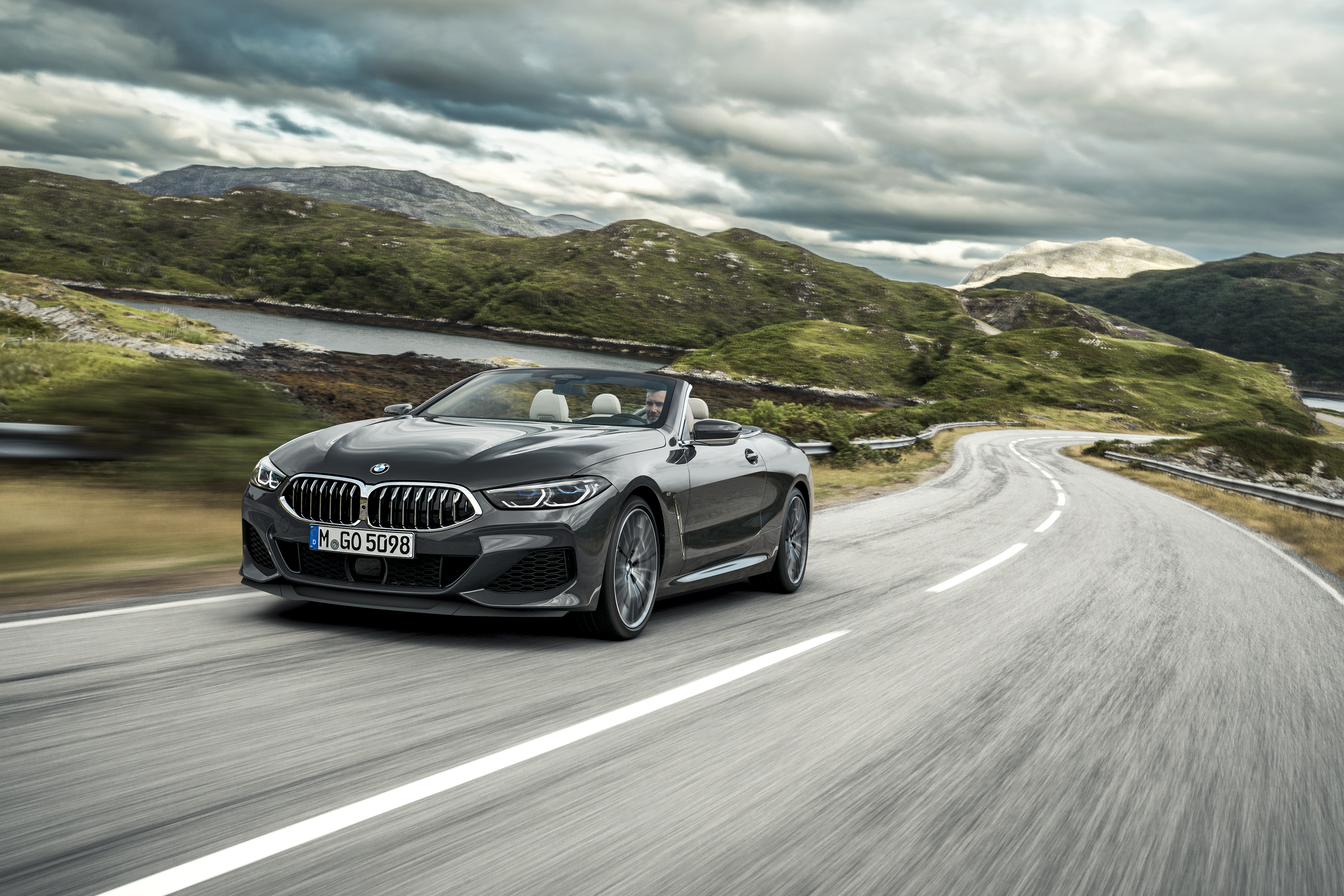
We’ve already seen BMW’s new 8 Series Coupe, but LA will see the public debut of this swish Convertible model. Like its hard-top sibling, it’s intended to split the difference between out-and-out luxury rivals such as the Mercedes S-Class Cabriolet and more sporty offerings such as the Porsche 911 Cabriolet.
It’ll be offered with the same choice of 3.0-litre V6 diesel or 4.4-litre V8 petrol engine, and eschews a hard top for a more traditional folding soft-top roof. Practicality is said to be virtually unchanged, while it weighs just about the same as the coupe and is almost as stiff, too.
Mazda 3
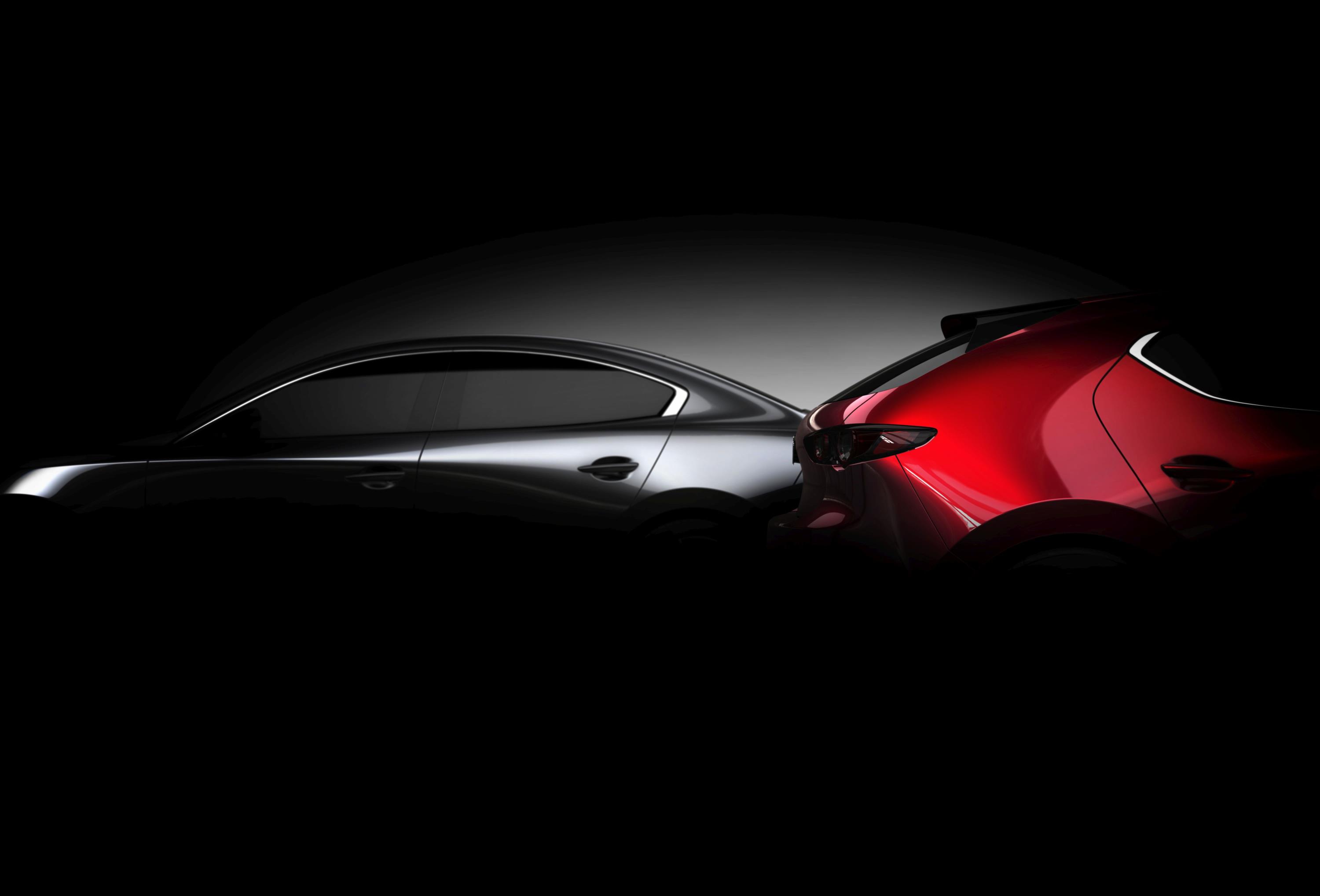
Having launched a couple of teasers in recent weeks, Mazda will finally be debuting the all-new 3 at this year’s LA Auto Show. It’s set to be displayed in hatchback and saloon form, and you can expect a car that has evolved a design rather than revolutionised it – although some cutting-edge tech should feature under the skin.
It’s believed Skyactiv-X tech will make its first production outing on the new car, bringing the efficiency of diesel to a petrol engine. Expect to see it become the norm for Mazda, which has stated that internal combustion will remain a key focus of its future product plans.
Porsche 911
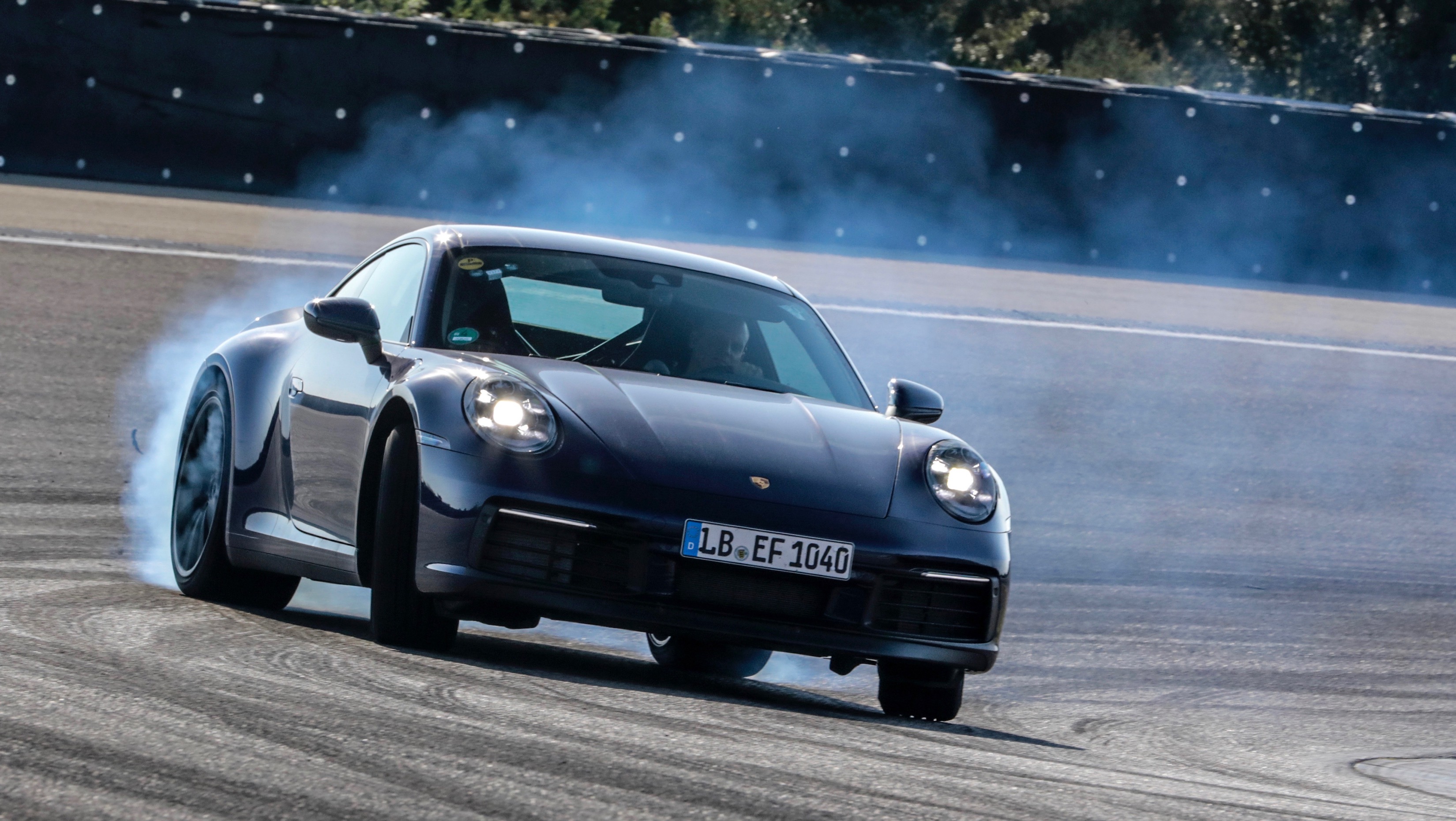
Porsche’s 911 is one of the most well-known sports cars of all time, and now there’s an all-new one. This ‘992’ series car will be available with a variety of powertrains, although for the first time all are due to be turbocharged. A series of hybrid models is expected, too.
Initial sightings of the testing have revealed a car that looks strikingly similar to the previous-generation 911 from the front, albeit with a more up-to-date approach to the rear-end styling, which appears to play things closer to the looks of the current Panamera saloon.
Bentley Continental GTC
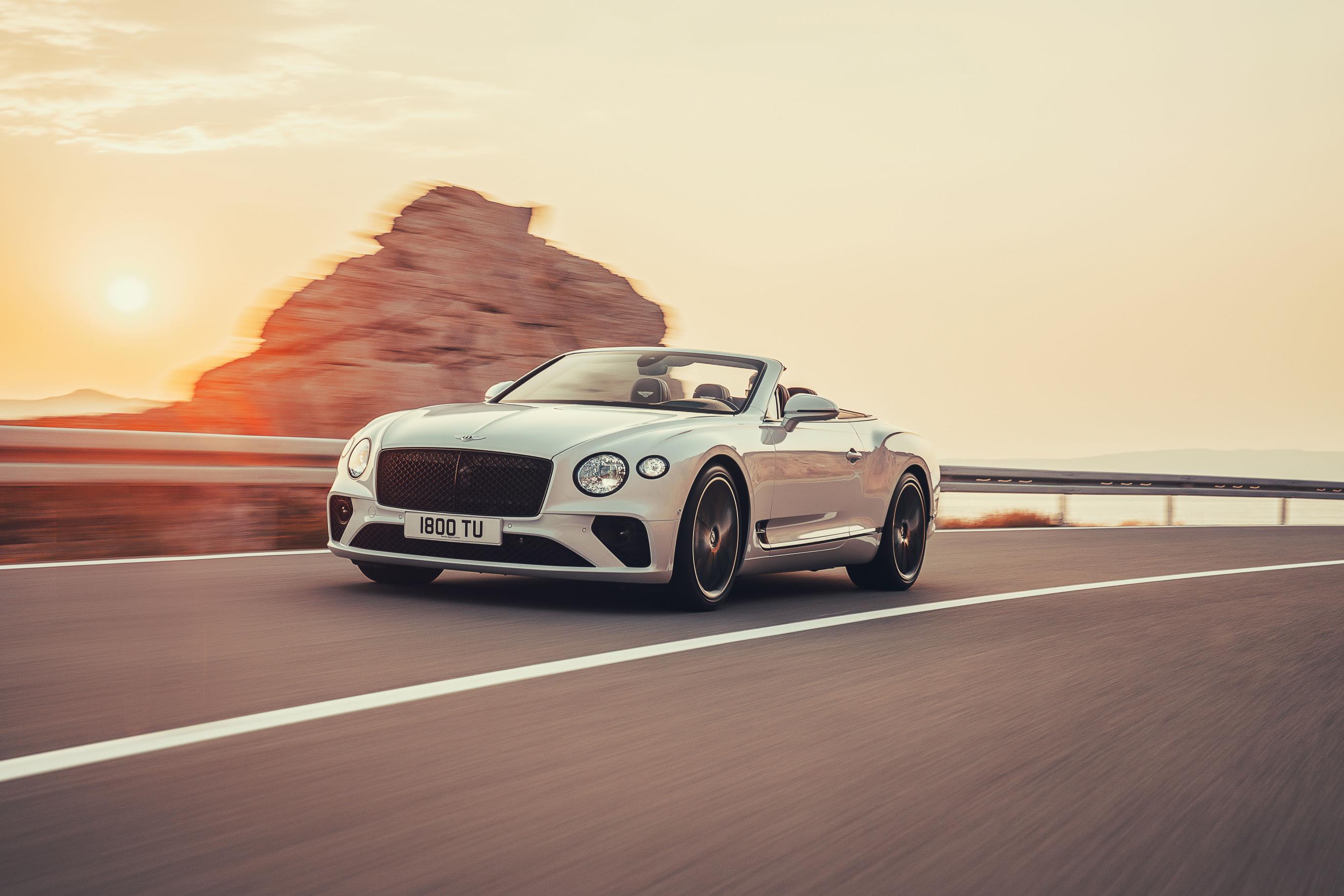
Bentley’s flagship Continental is getting its roof lopped off to create this – the Continental GTC. Initial pictures of the car are scarce, but it’s pretty safe to assume that it’ll deliver the same luxurious approach to driving as its hard-top stablemate.
The GTC is expected to be powered by a W12 engine initially, although a lighter V8 version is thought to be on the cards later in the car’s life cycle.
BMW M340i
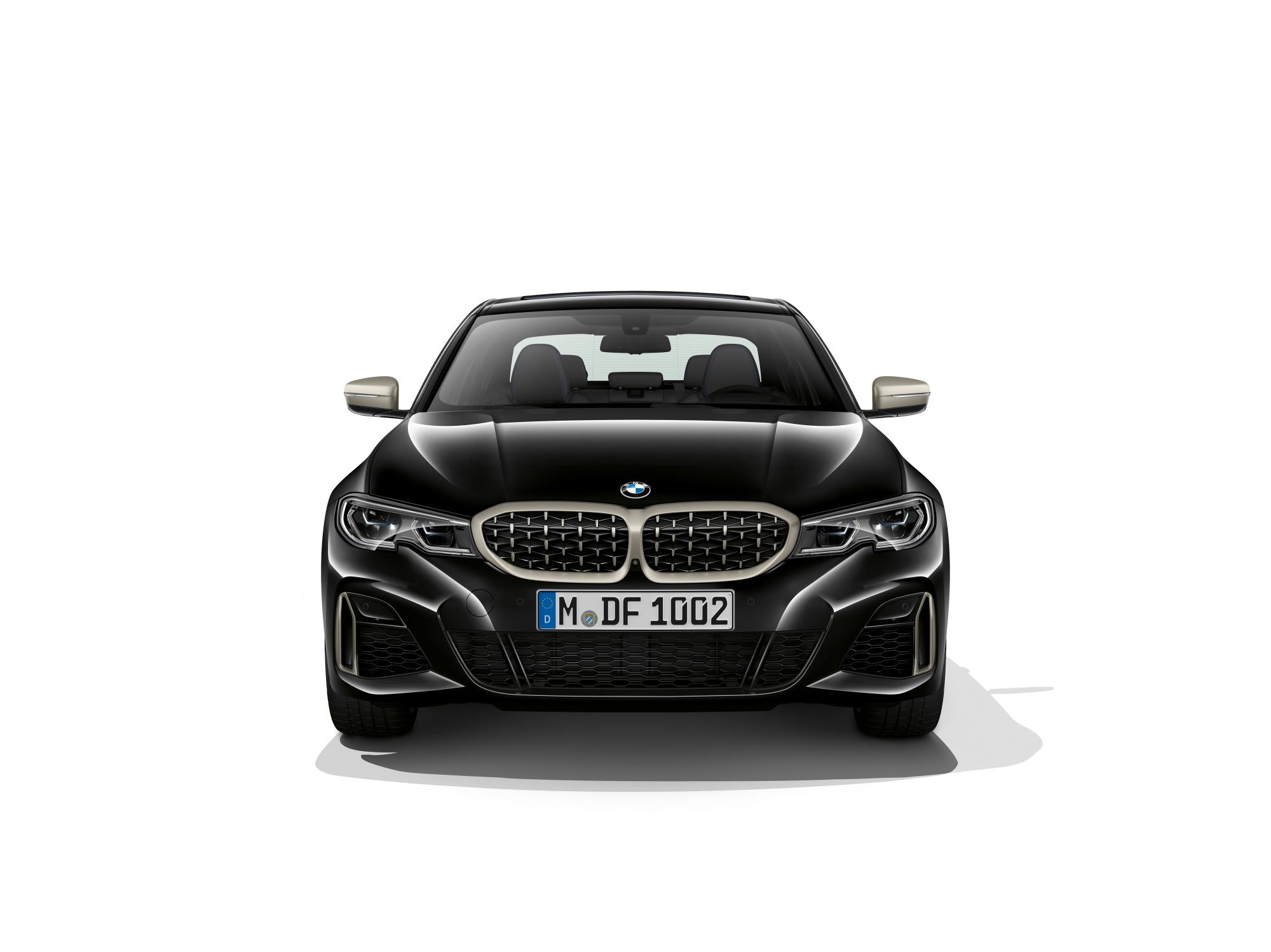
Until the arrival of the new BMW M3 (expected some time in 2020) this – the M340i – is going to take the place at the top of the range. A turbocharged straight-six produces 369bhp and sends power to all four wheels via BMW’s xDrive all-wheel-drive system.
A range of styling tweaks help differentiate this car from the rest of the 3 Series range, with a mesh grille and small boot spoiler adding to the M340i’s sporty looks.
Kia Soul

Kia’s kept details of the new Soul fairly close to its chest, but a few teaser images confirm that the quirky compact SUV will retain key features such as its squared-off roofline. With its predecessor having been a surprise hit in the Californian market, the updated Soul’s debut in LA is no accident.
It will be offered with an all-electric powertrain alongside a range of combustion engines. Given it shares a platform with the Stonic, we’d expect at least the 1.0- and 1.4-litre petrols to be offered. It’s possible a plug-in hybrid may make it to market, too.
Mercedes-AMG GT R Pro
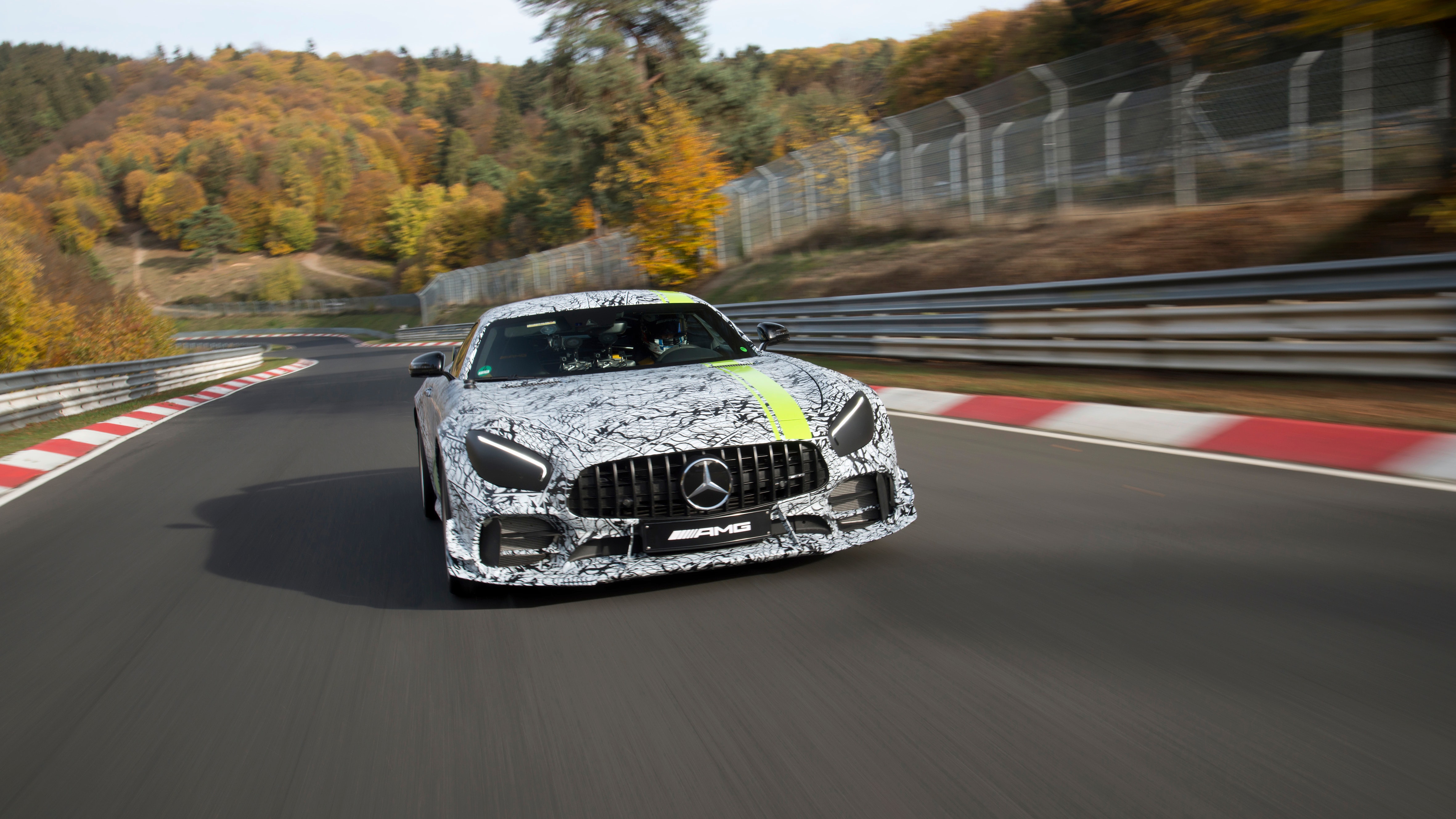
Is the 577bhp Mercedes-AMG GT R not enough for you? Well, this upcoming machine from the crazy minds in Affalterbach might just be enough to scratch your itch.
The GT R Pro looks to turn everything up to 11, with more power, more aggressive aerodynamics and less weight. No exact performance specifications have been revealed yet, but expect to hear more on that in the coming days. If industry rumours are to be believed, this still won’t be the most hard-core variant either, with a Black Series in the pipeline…
Volvo – Nothing

‘Nothing’ may seem an odd name for a car, but it’s actually a description of Volvo’s stand – at least for ‘Automobility LA’. The trade show and press days before the LA Auto Show proper will see Volvo’s stand entirely bereft of cars, signifying the brand’s concentration on services such as ride-sharing and new ownership models.
It’s likely that the main show will see Volvo display its latest concept, the 360c, possibly alongside some of its recently released models such as the S60 and V60 Cross Country.
Volkswagen Beetle Final Edition
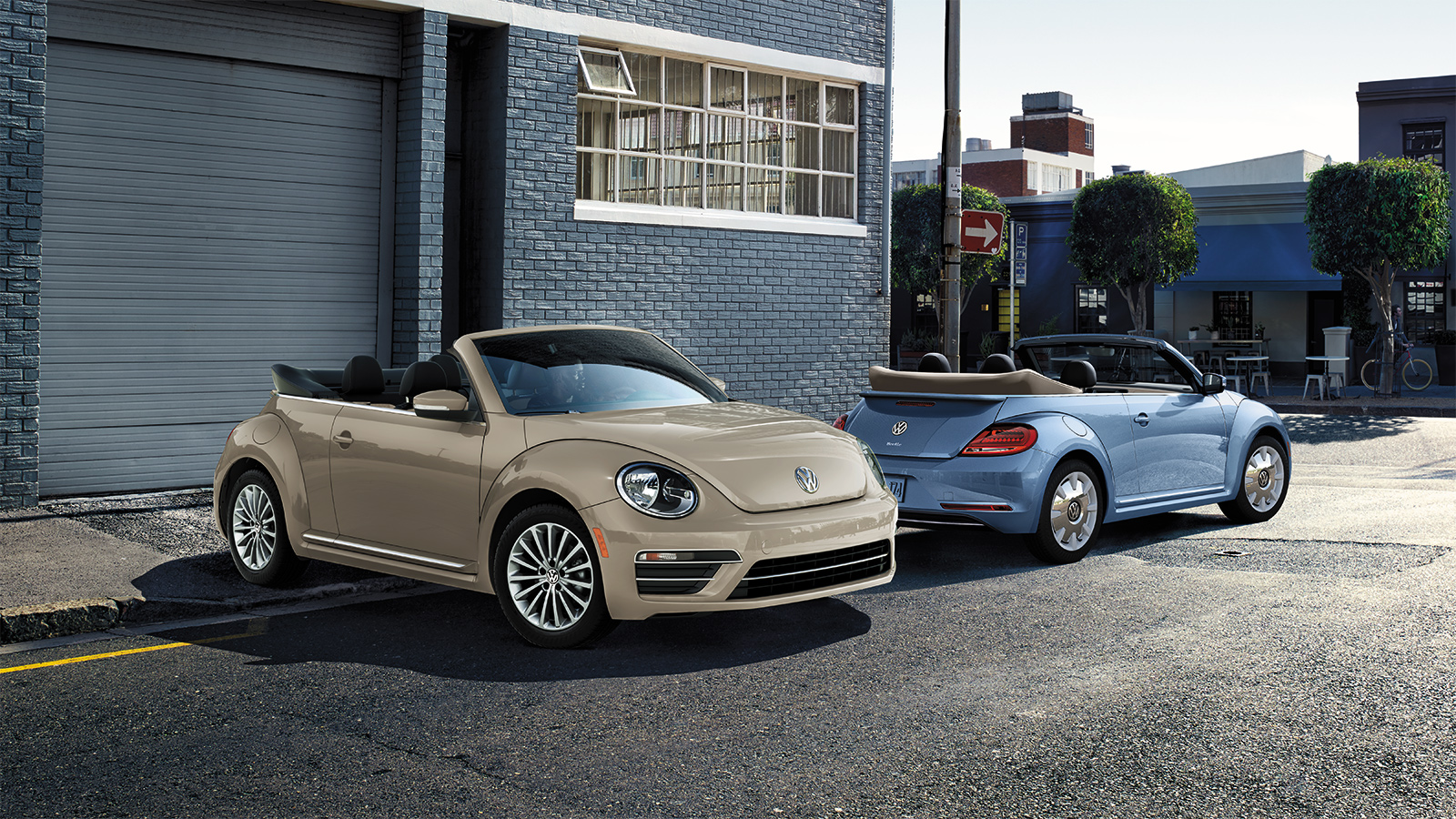
Volkswagen is about to end production of its most iconic model – at least for now. The new, new Beetle has seen slow sales in recent years, and its farewell model marks the end of a nameplate stretching back to 1938.
It won’t be going without a bang, though, as the firm will sell a ‘Final Edition’ – albeit just for the US. This run-out model gets the choice of unique beige and blue colours, along with extra chrome as standard and a new wheel design.
Audi e-tron GT
Audi’s e-tron brand is entering the electric scene at a rate of knots, with an all-electric SUV recently revealed and set to go on sale next year, while a second machine under the nameplate is set to be revealed this week.
The e-tron GT saloon is believed to be sharing a platform with the upcoming Porsche Taycan, so expect something with real sporting credentials and some serious performance from its electric powertrain. It’s thought the LA reveal will just be a concept car though, so we’ll have to wait for a production variant at a later date.
BMW X7
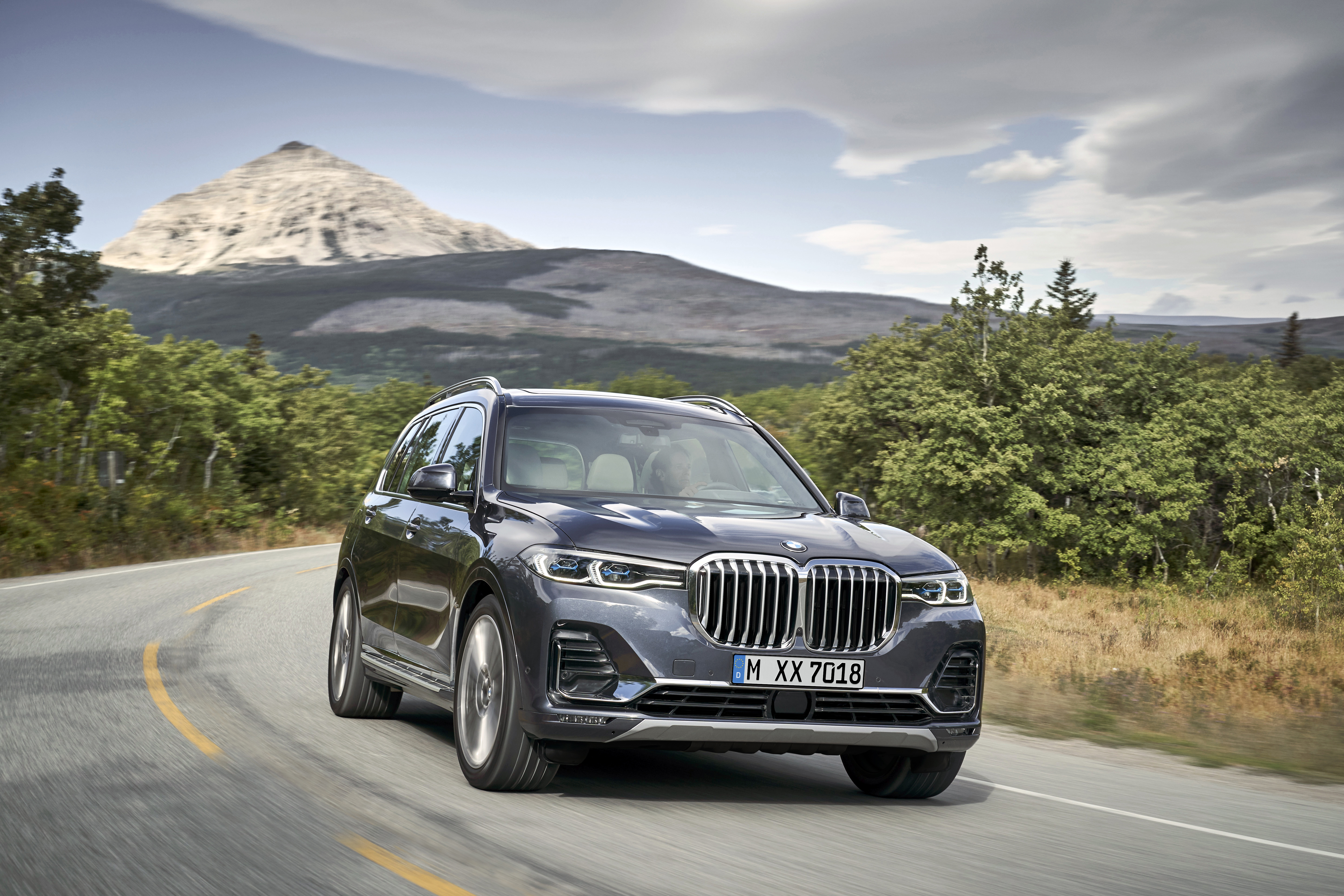
You certainly won’t be able to miss the BMW X7 on the German brand’s stand. This enormous SUV hit headlines for its, shall we say distinctive grille treatment and was branded ‘ugly’, ‘fat’, ‘naff’ and ‘unsettling’ by various media outlets.
It’s aimed squarely at markets such as the US, hence its debut in LA, and will be offered in the UK with two petrol engines and a single diesel. Given the size of the thing, it’s expected that the more efficient diesel will be the volume seller.

